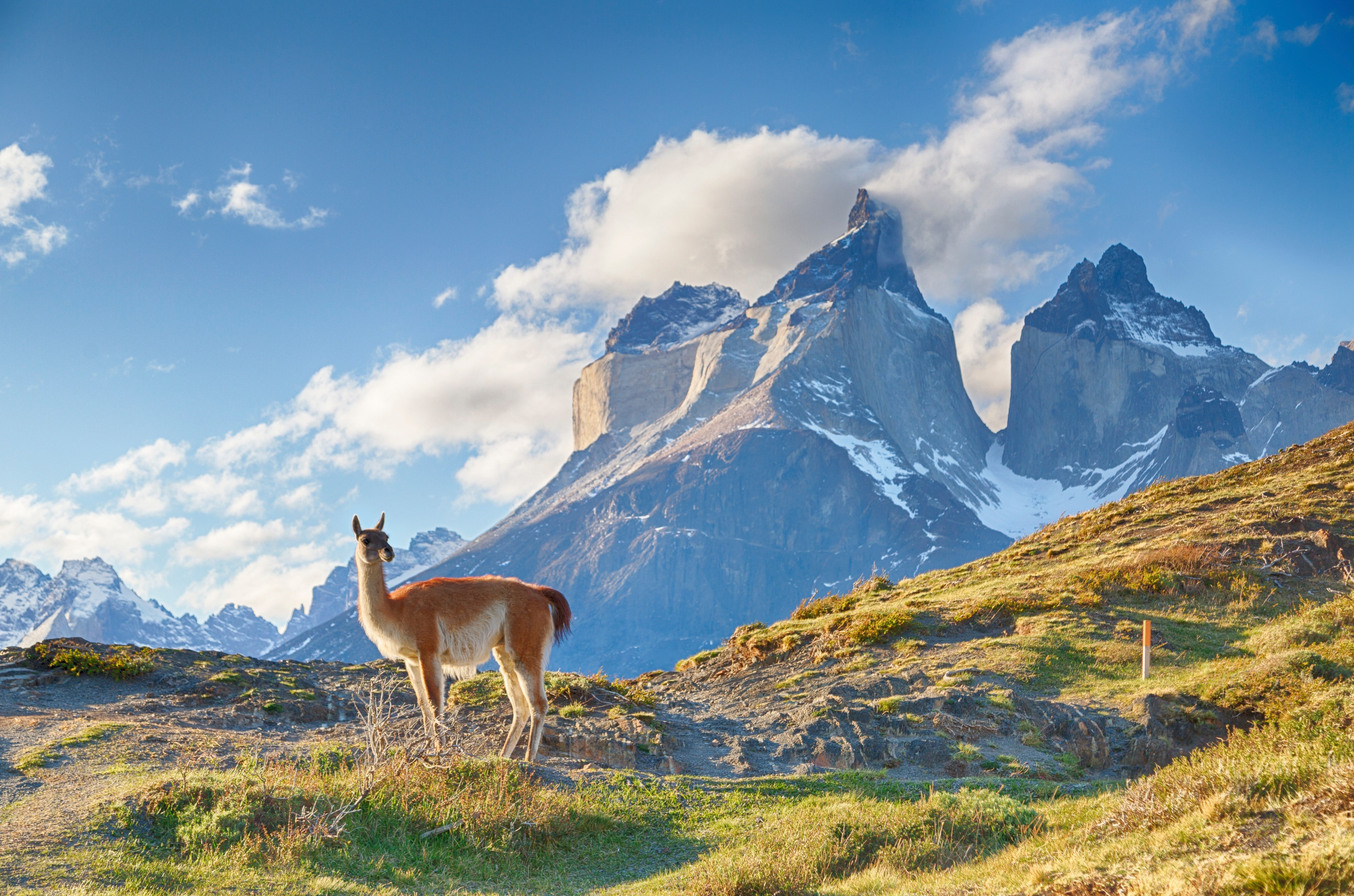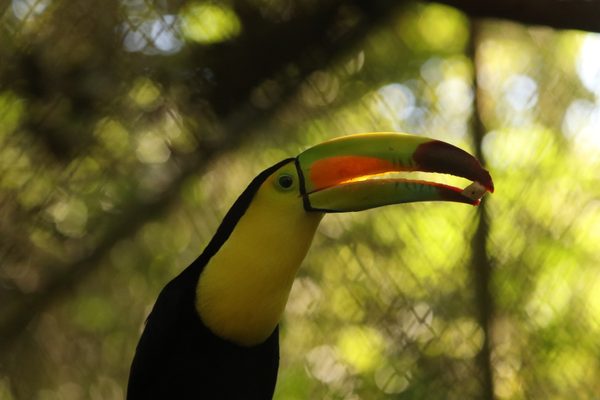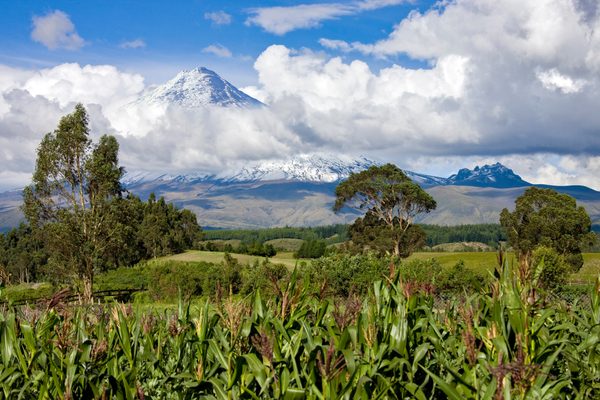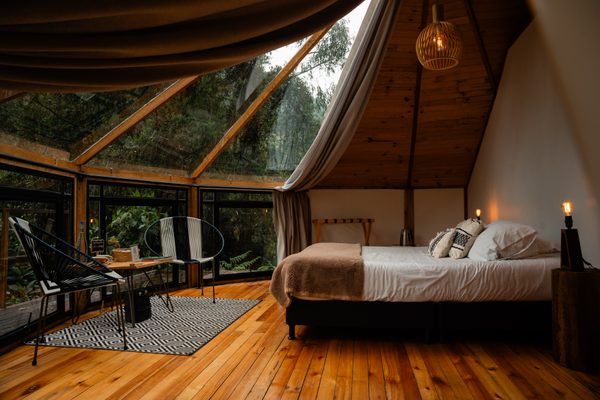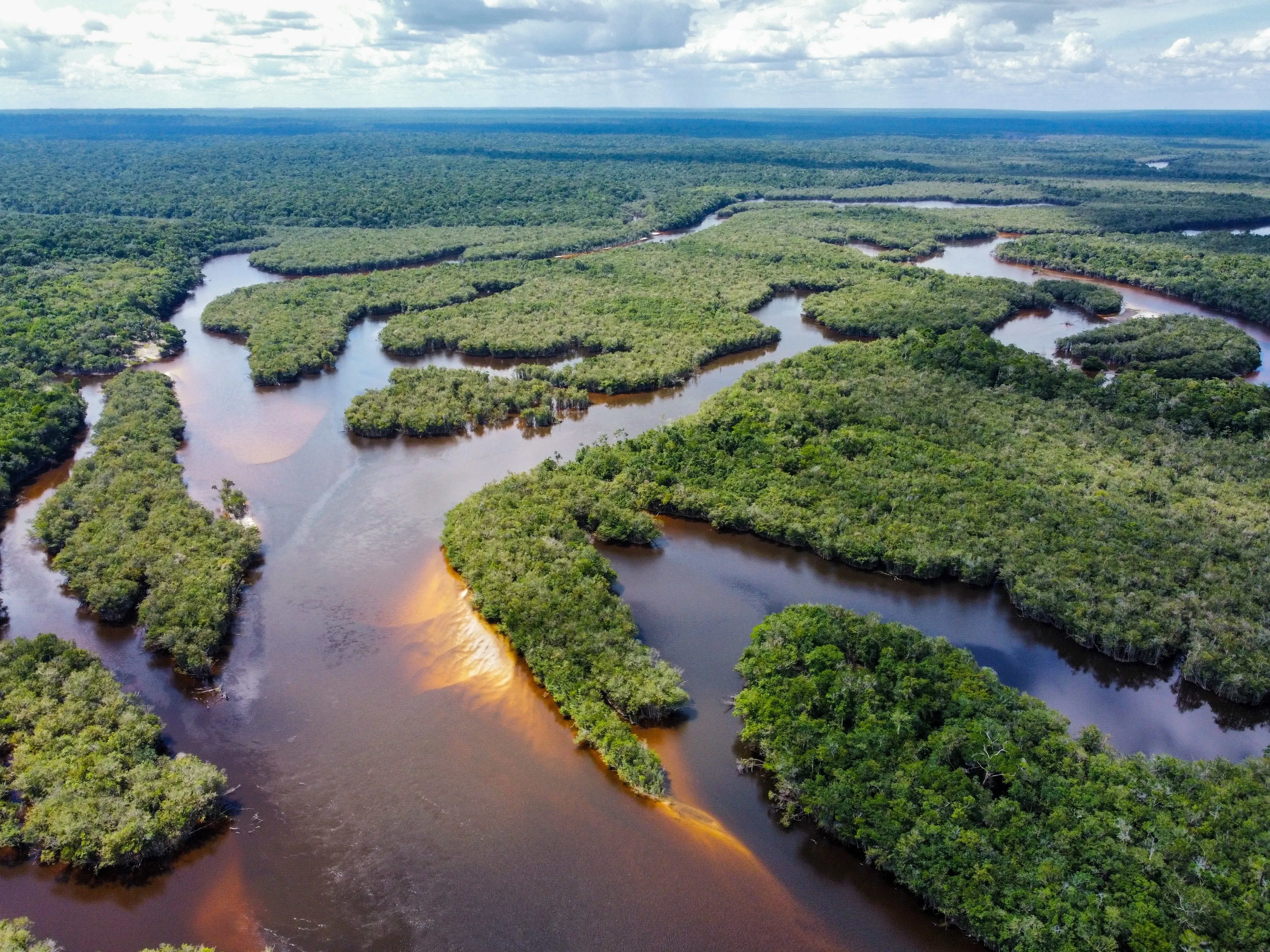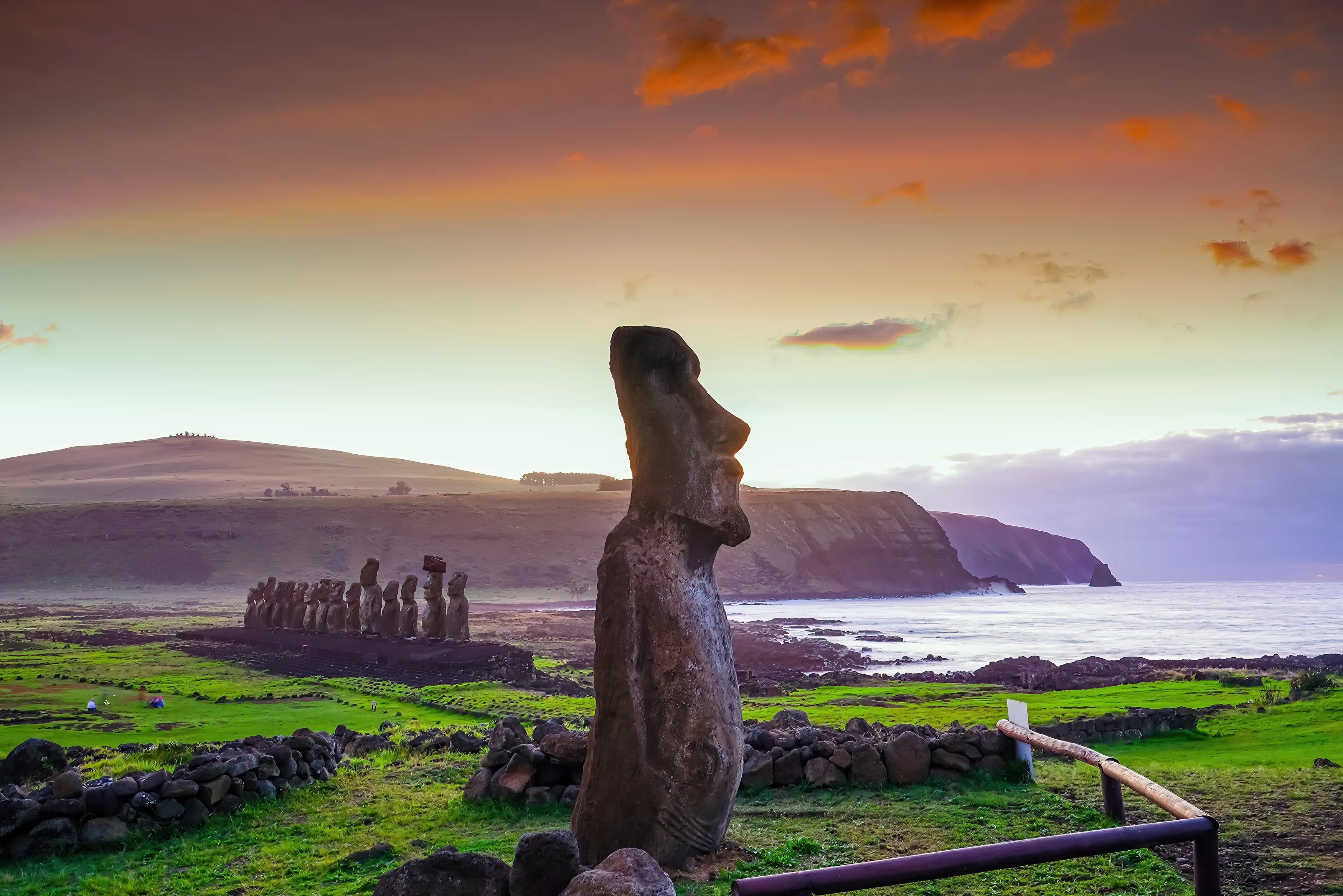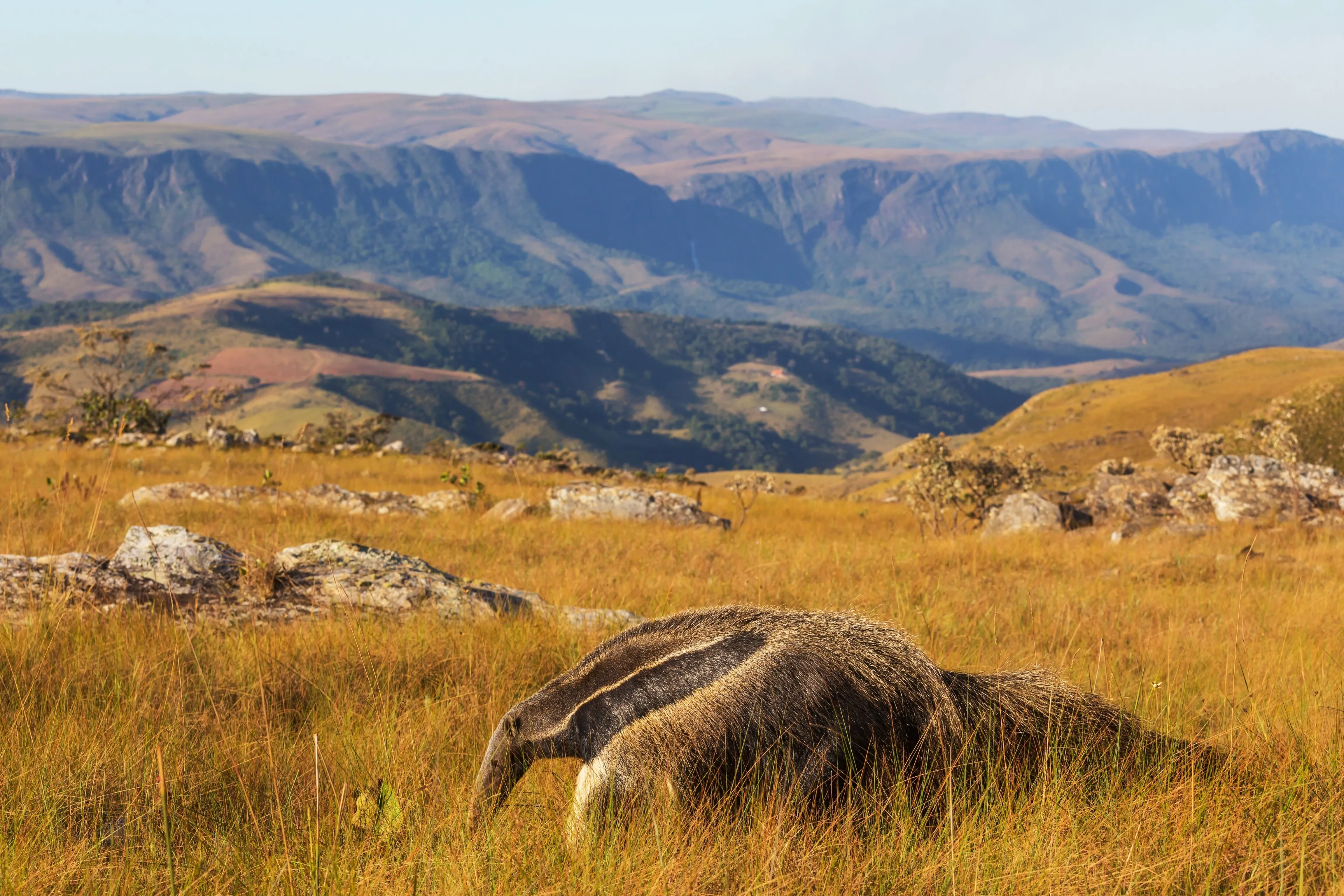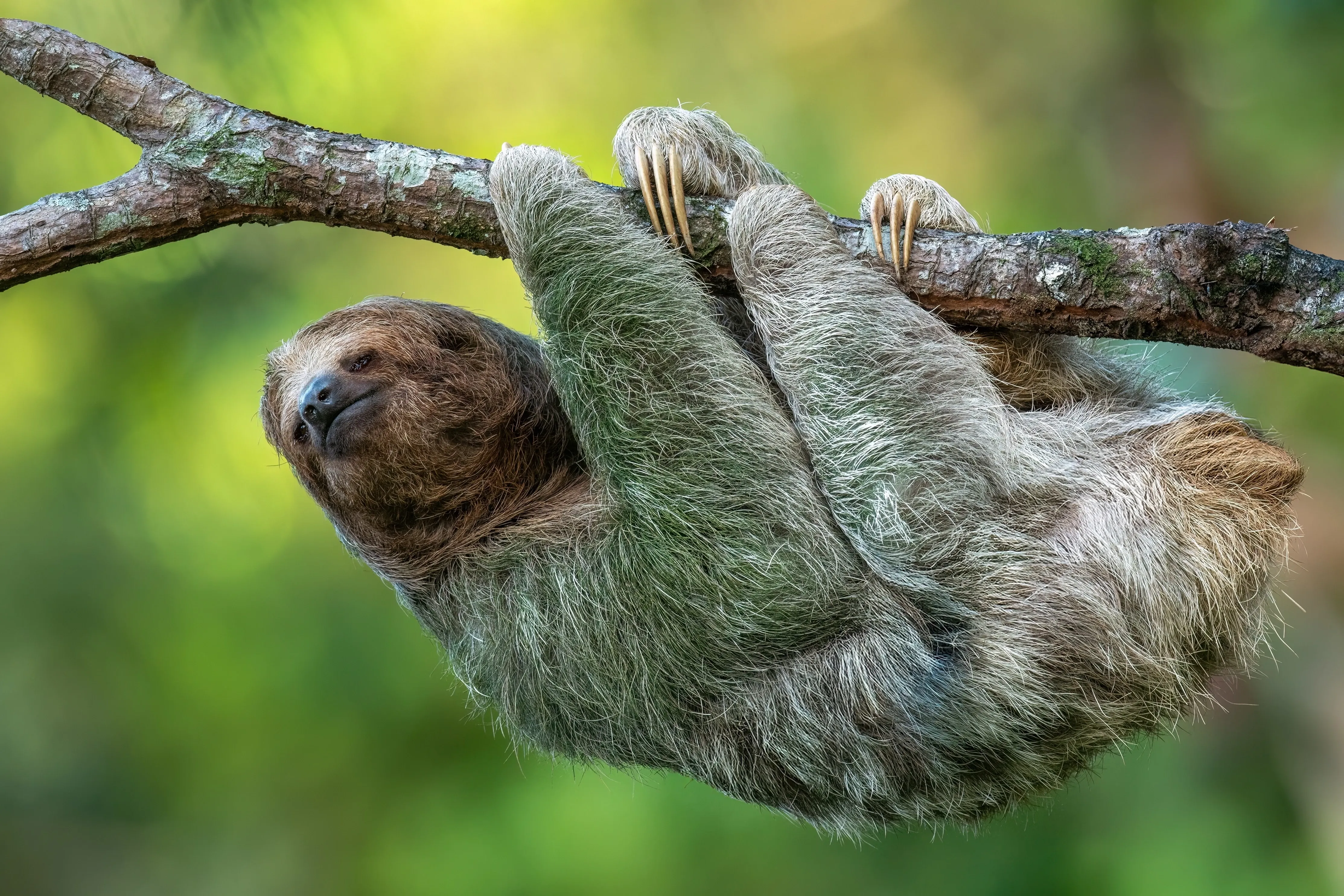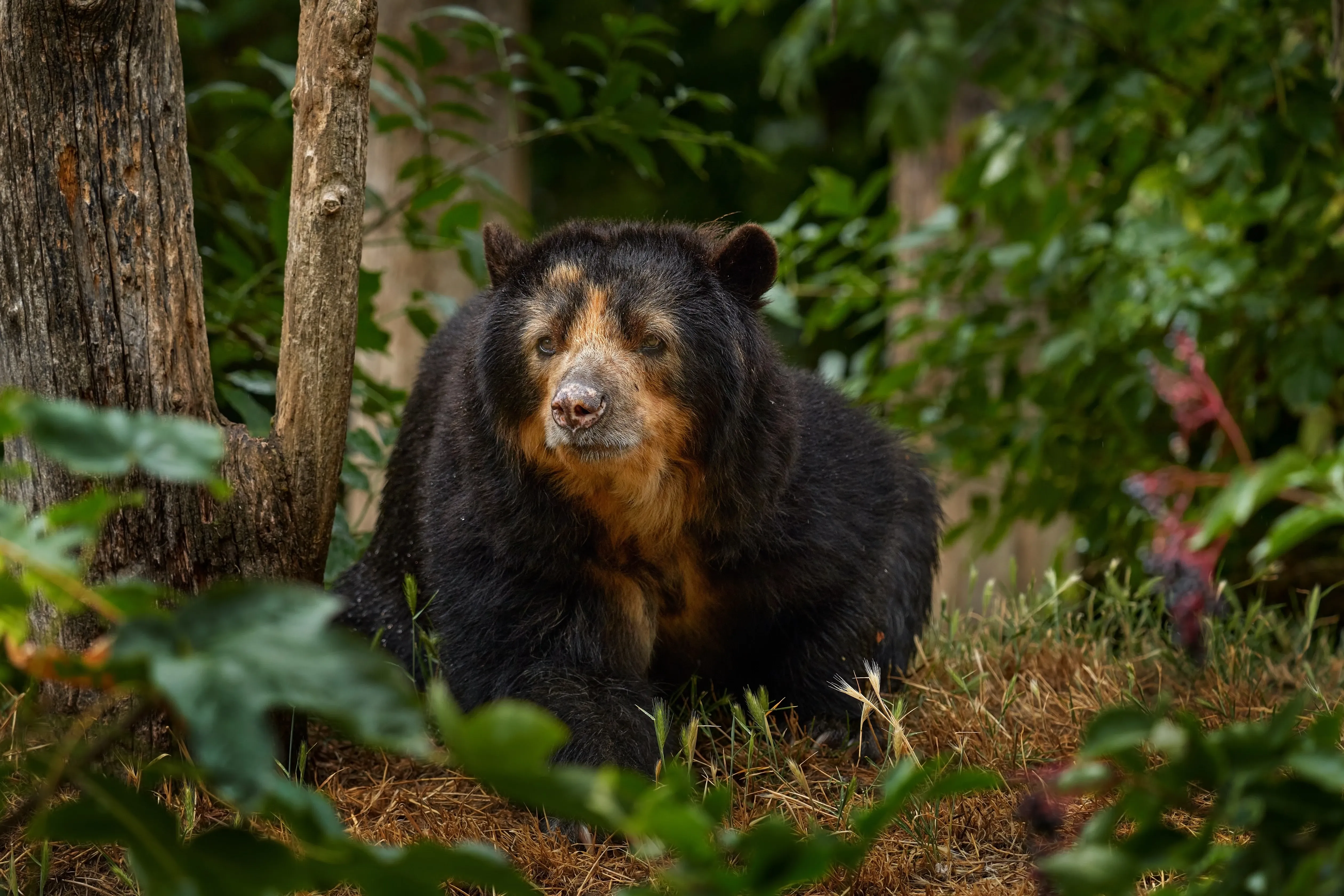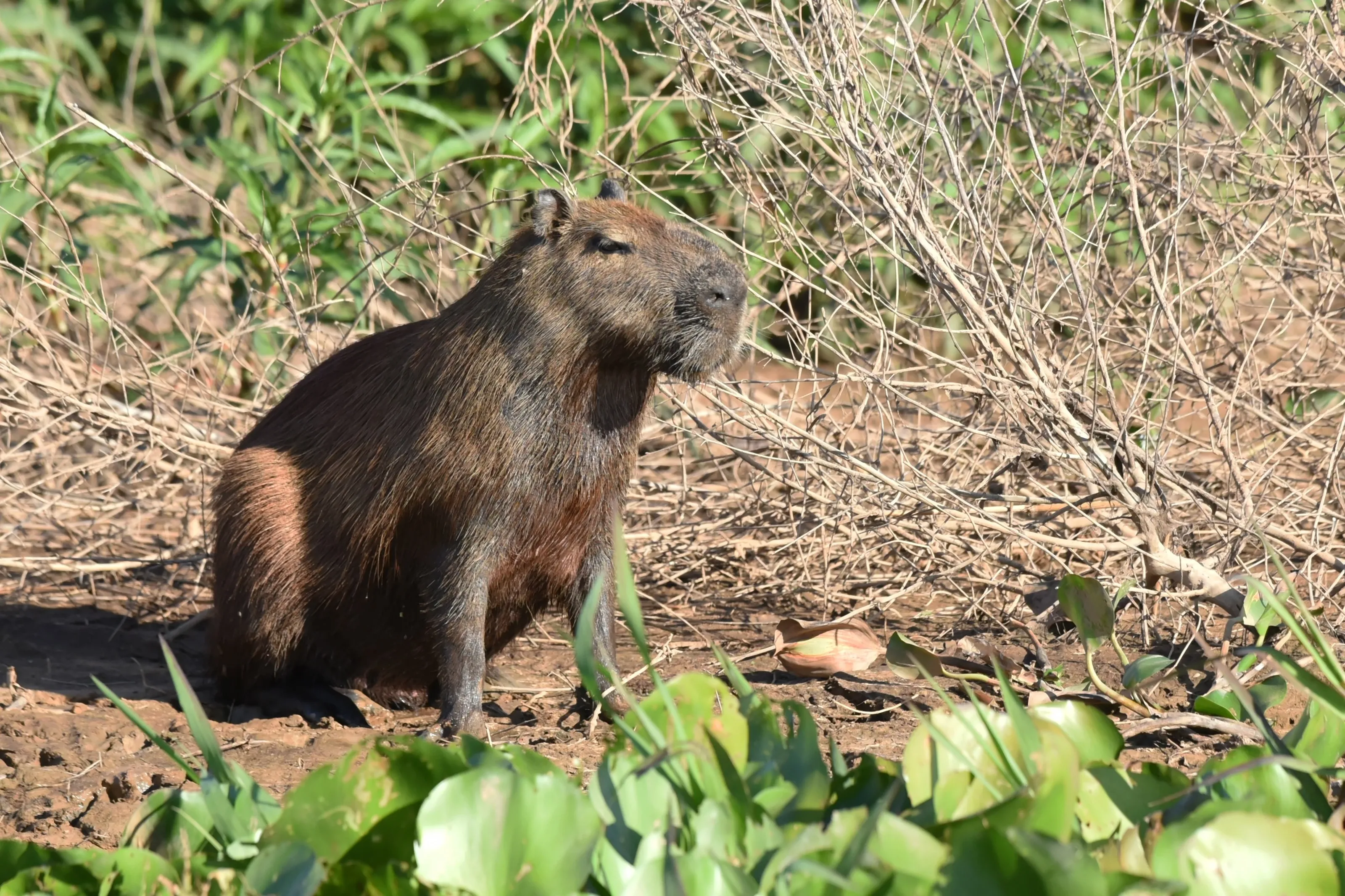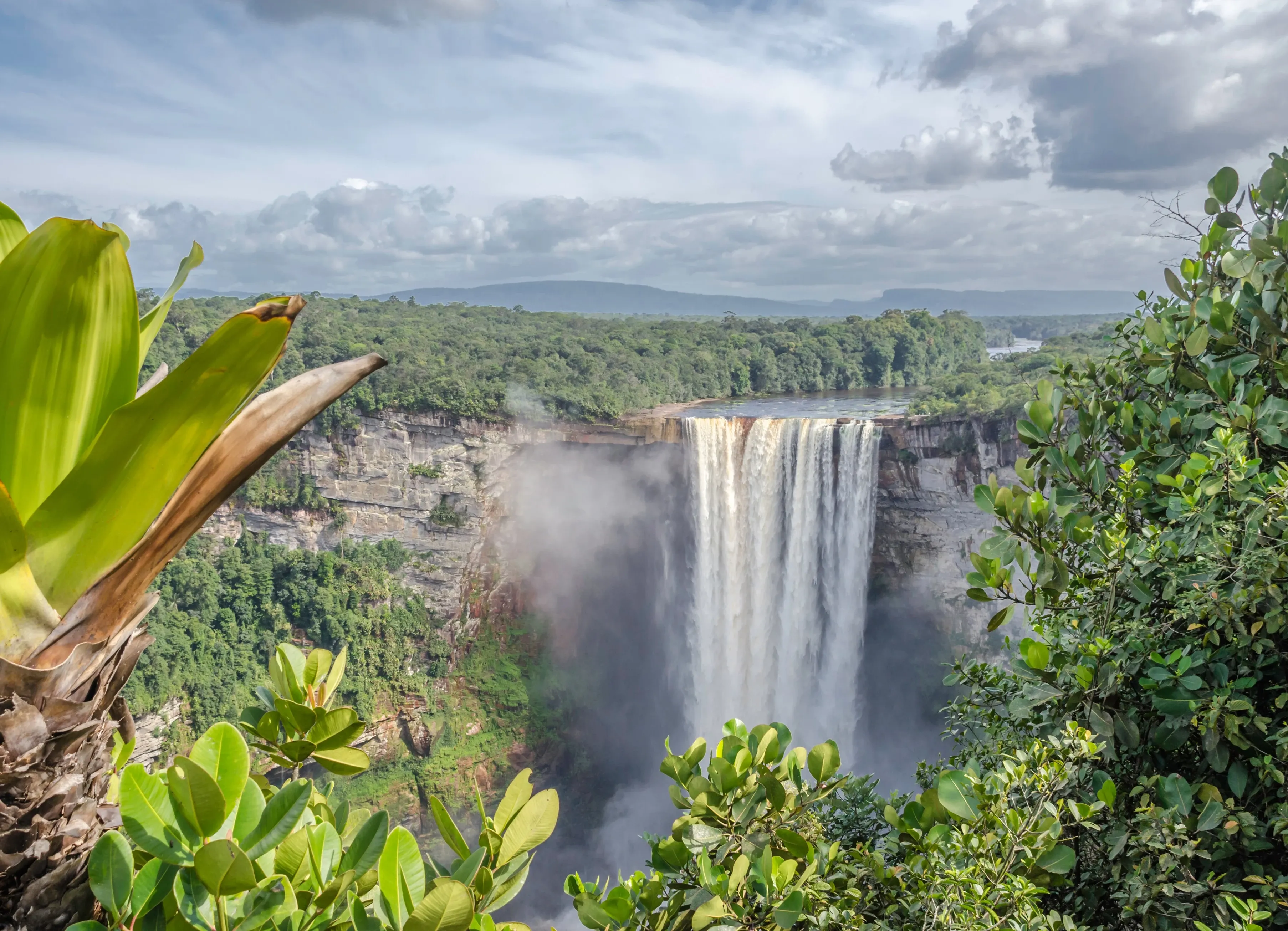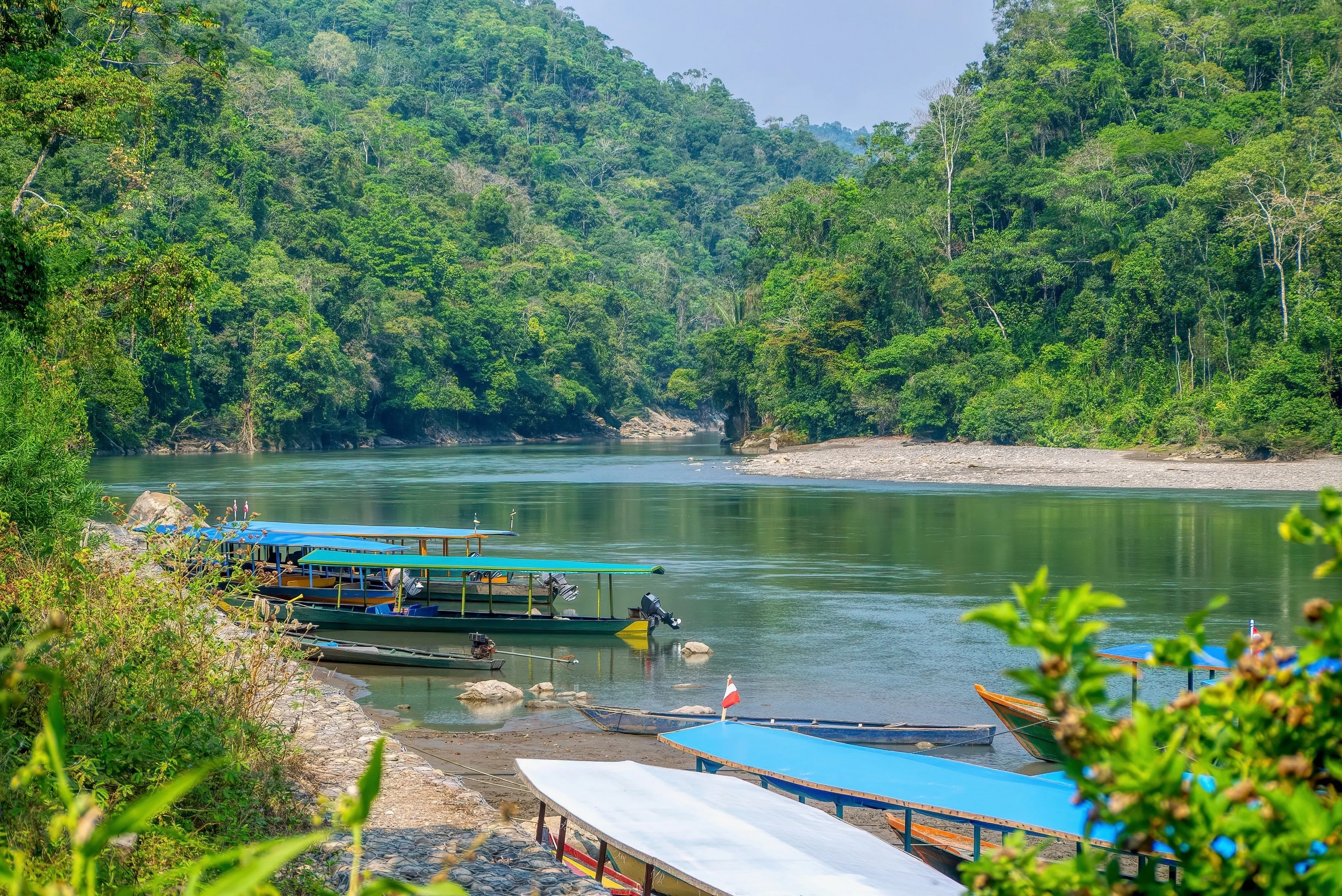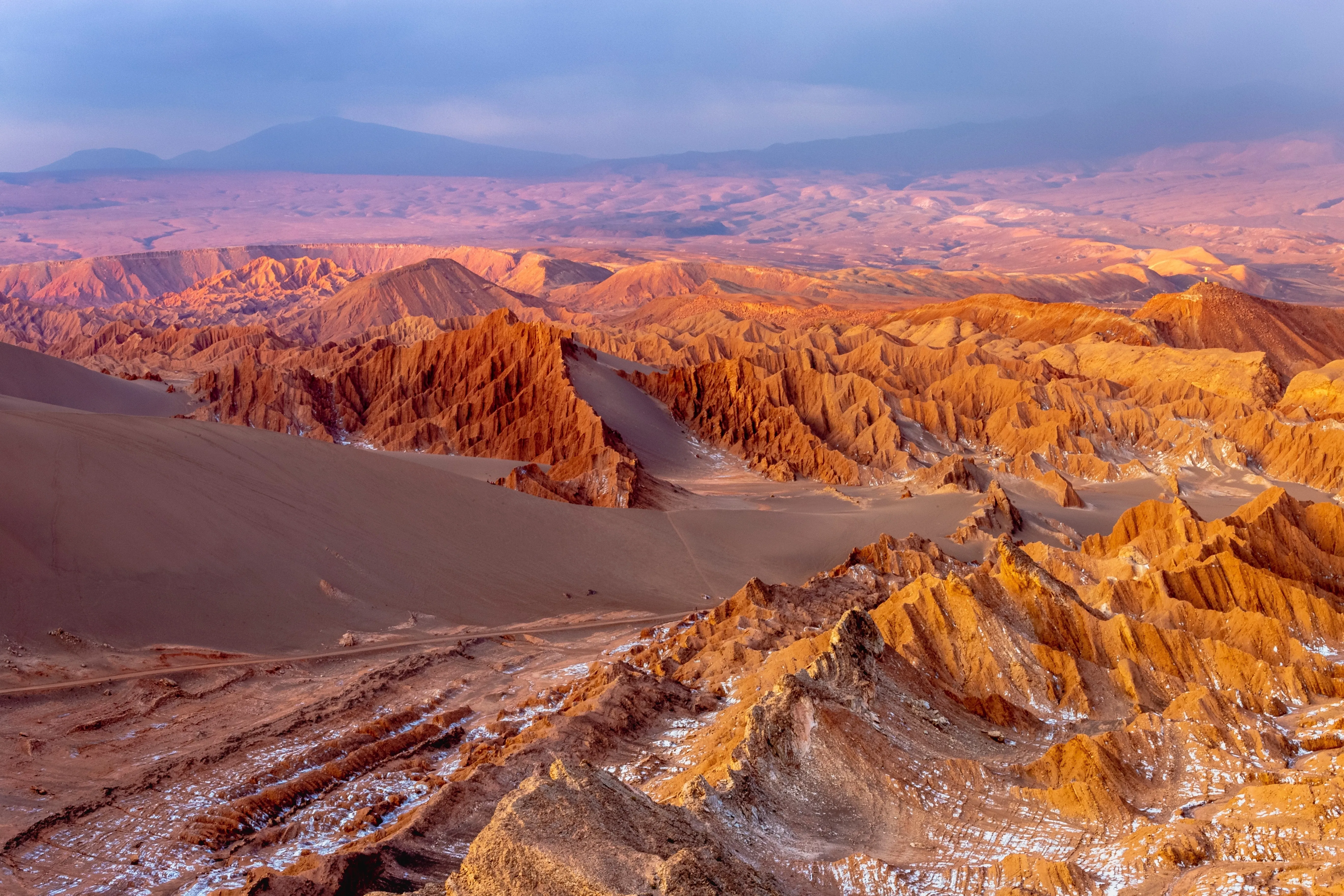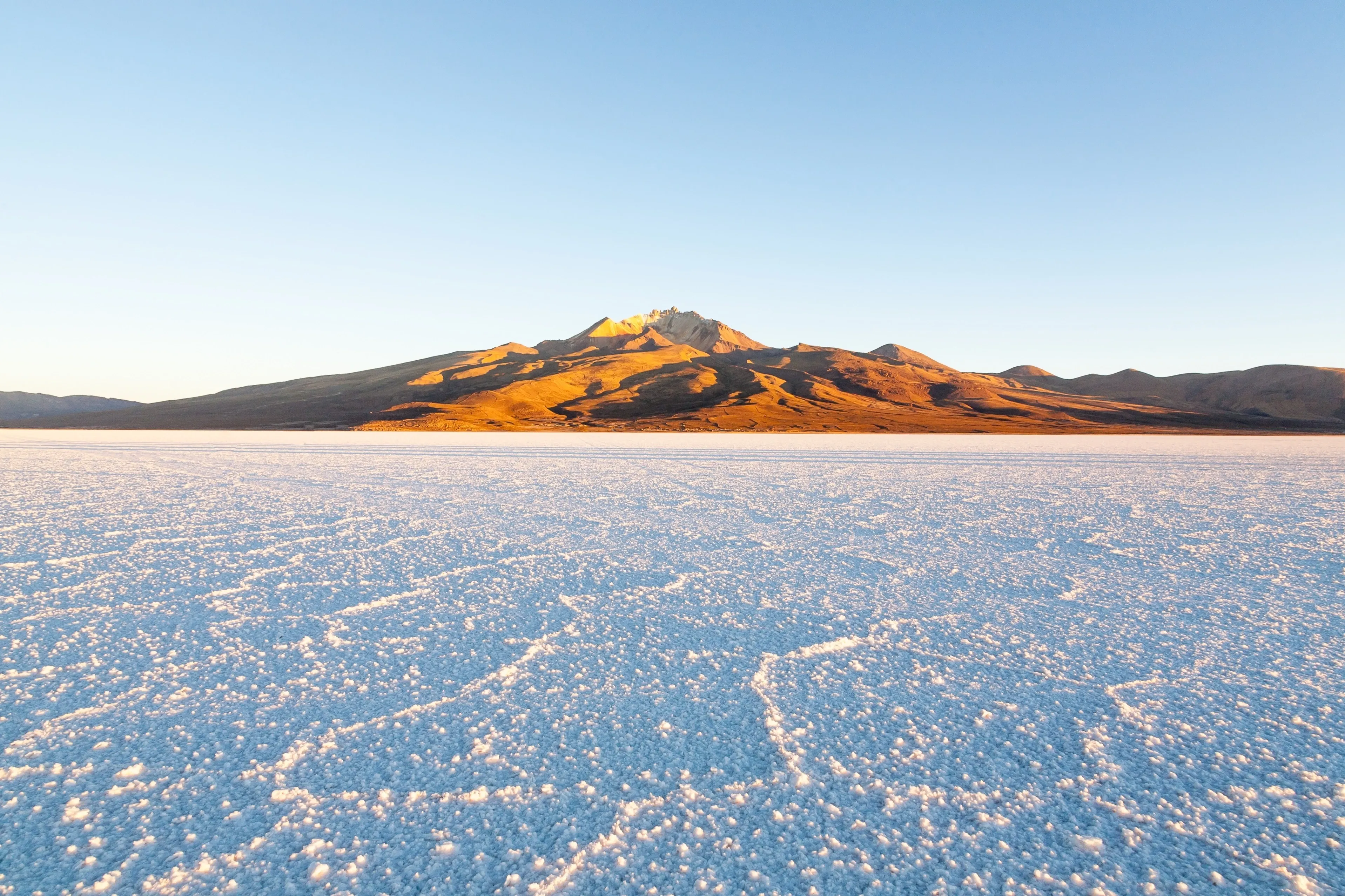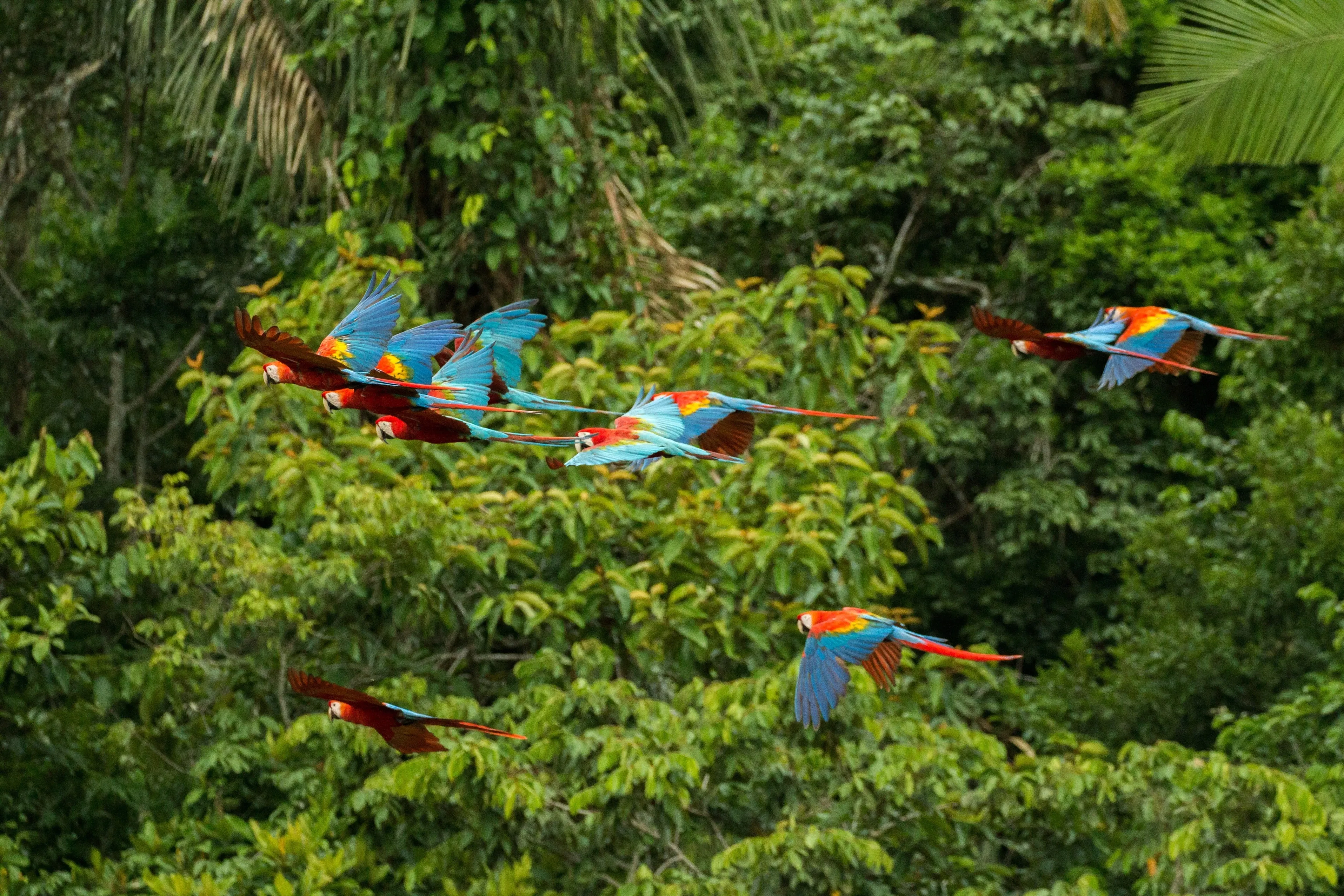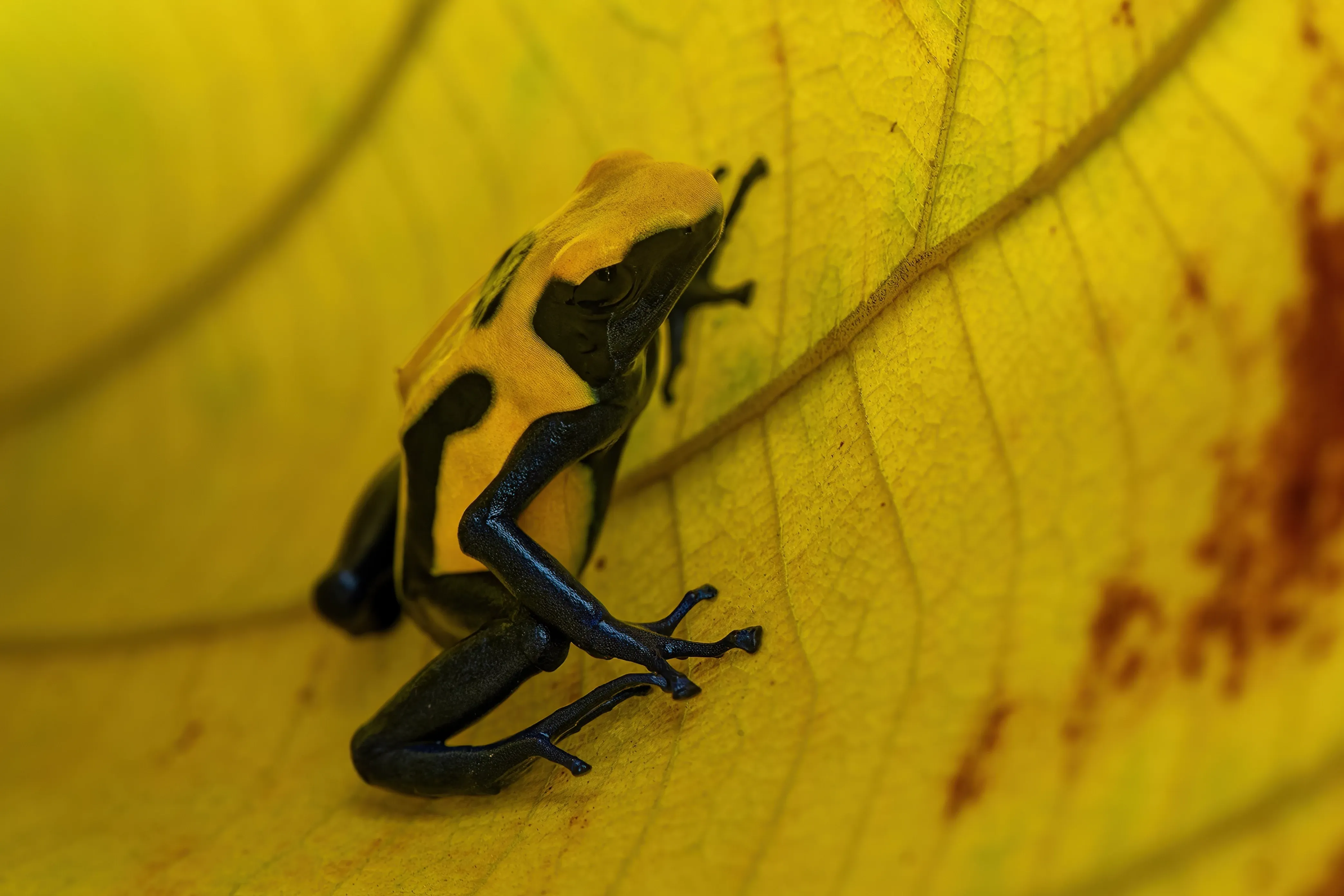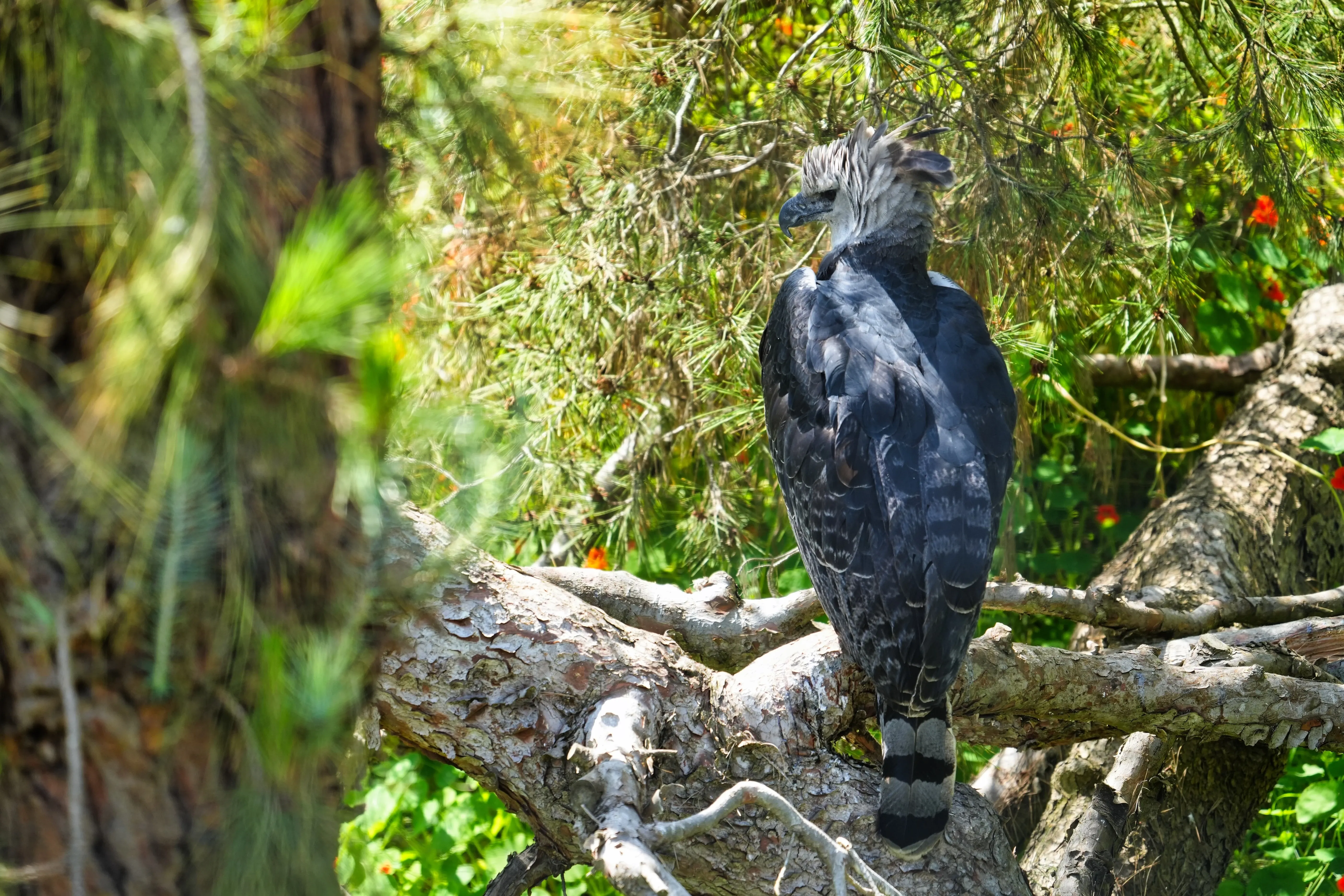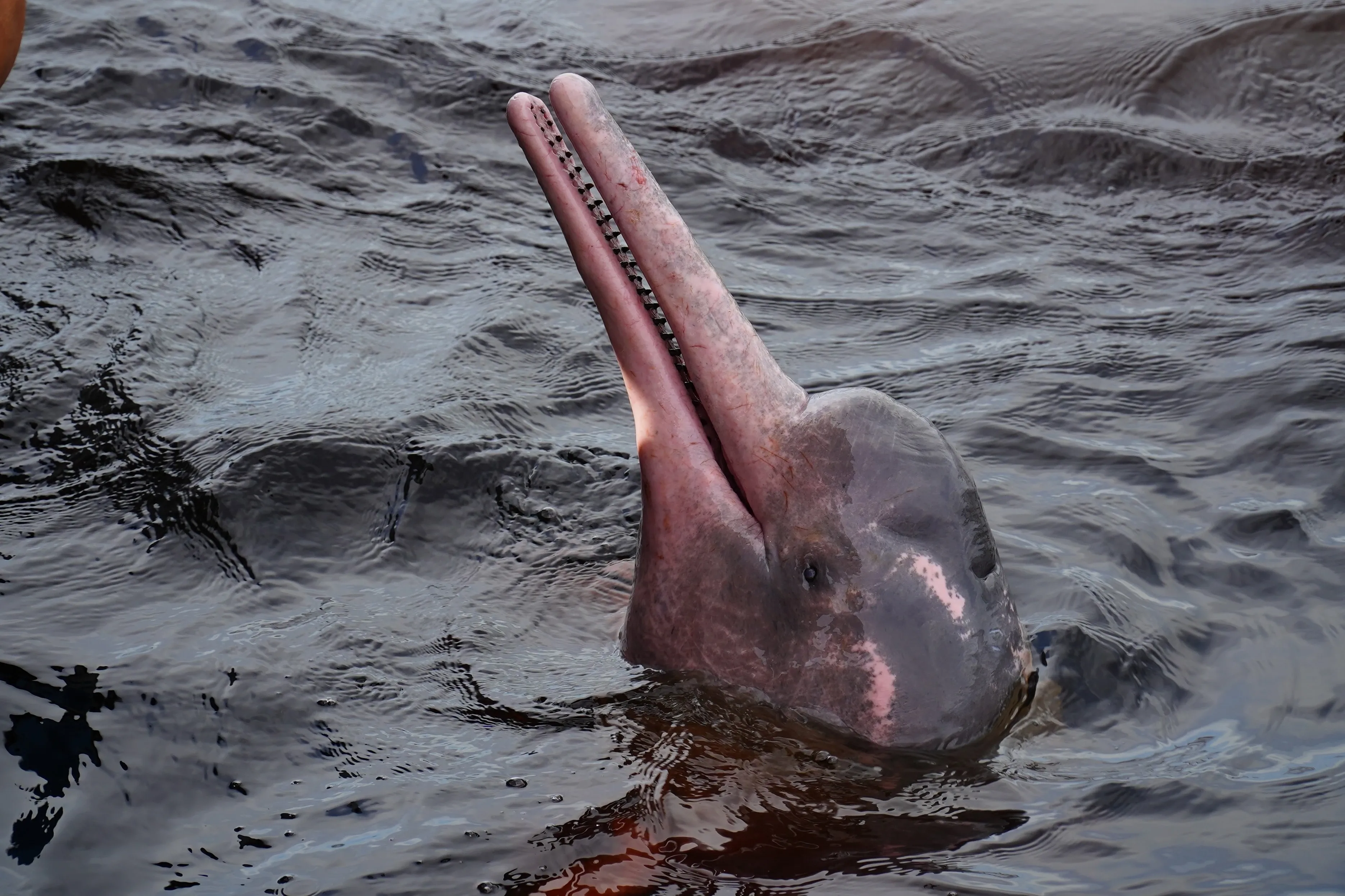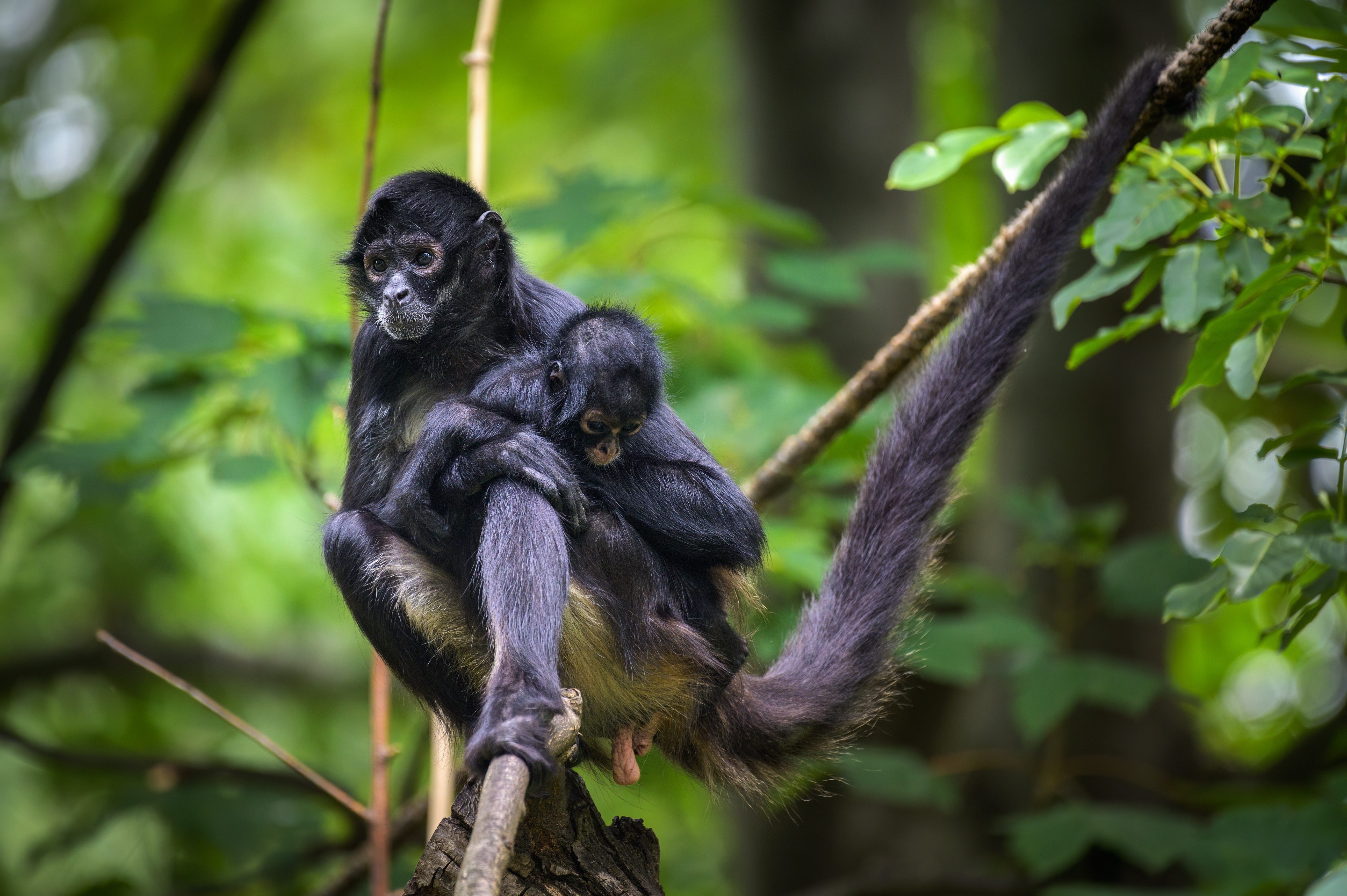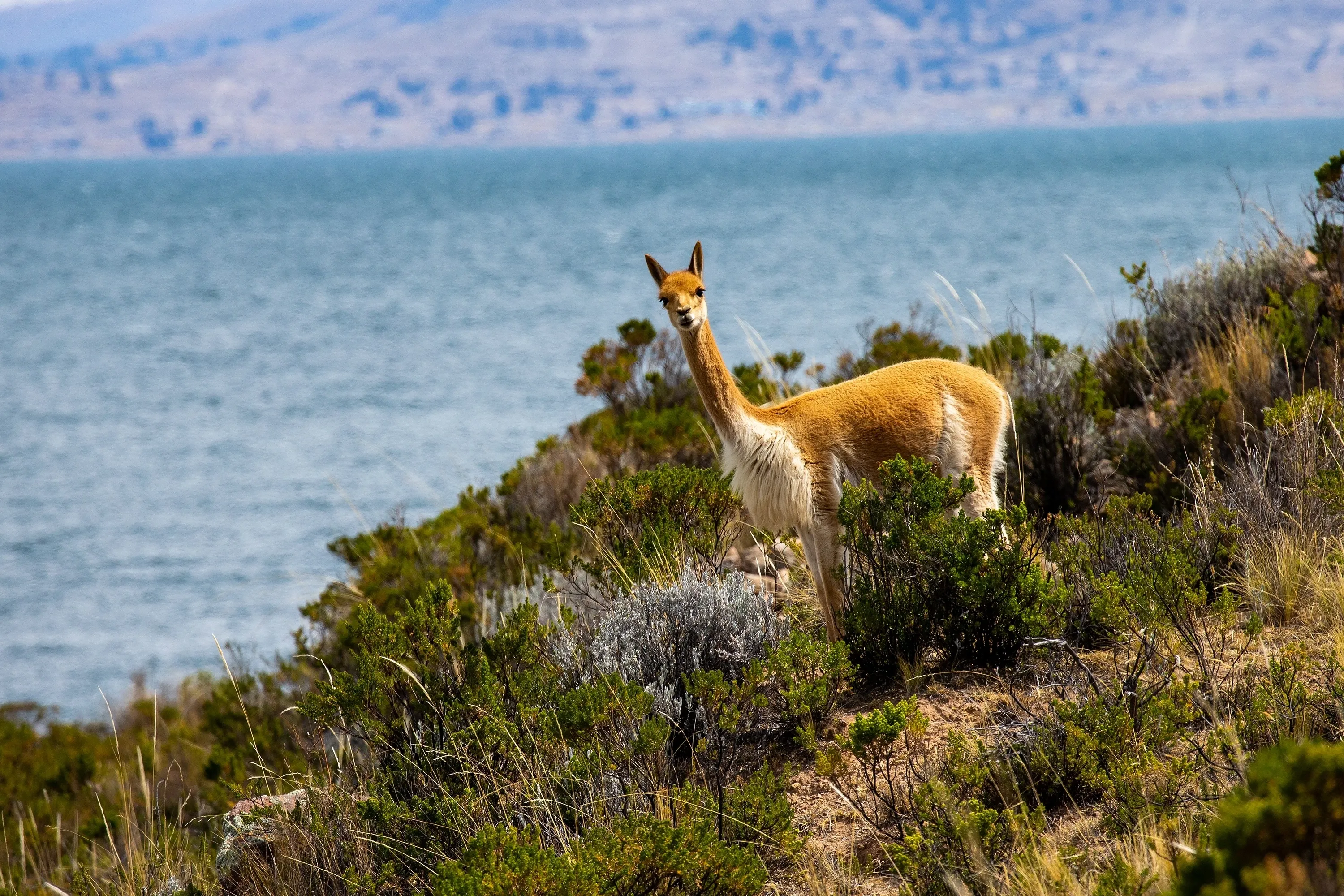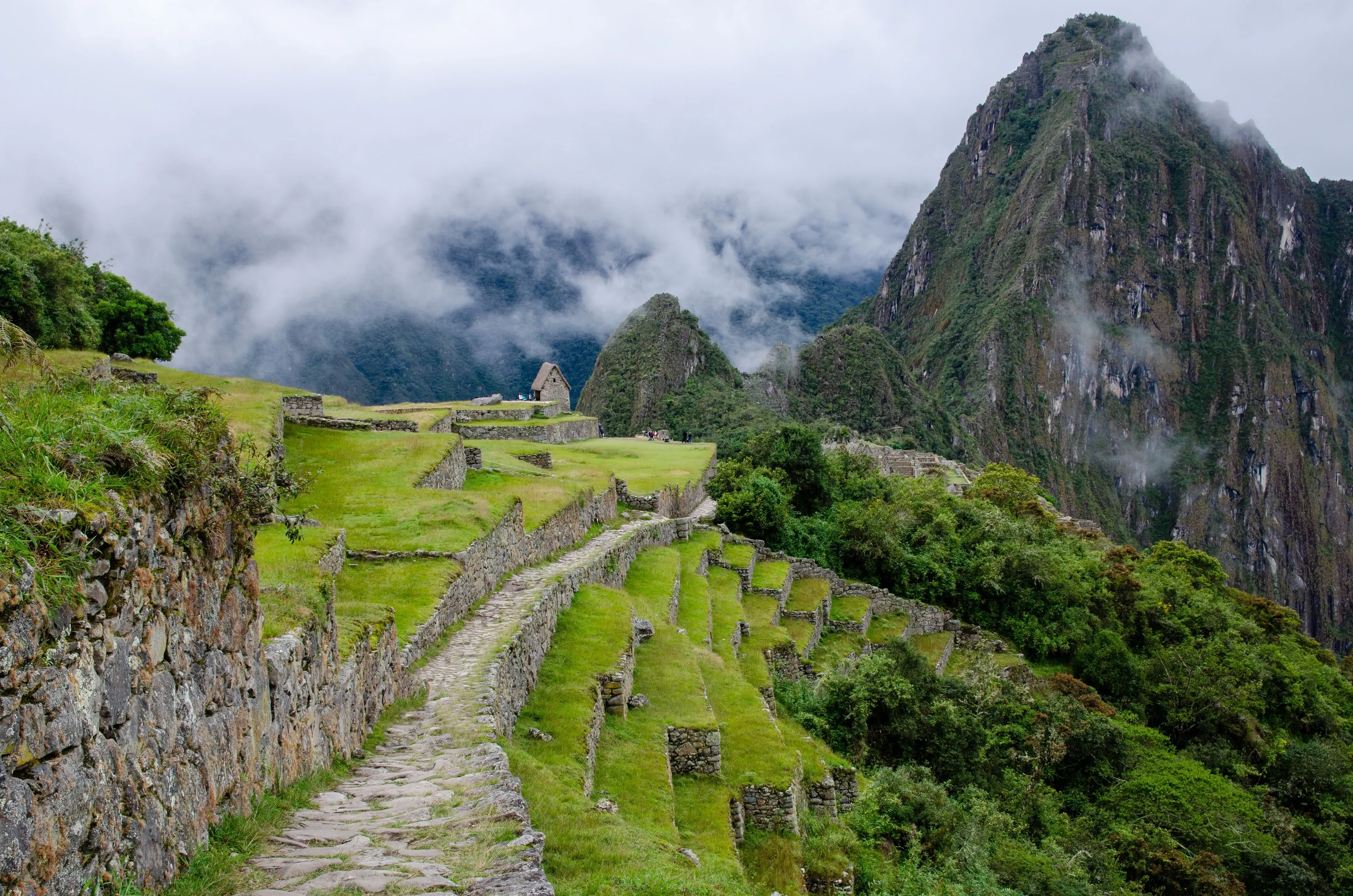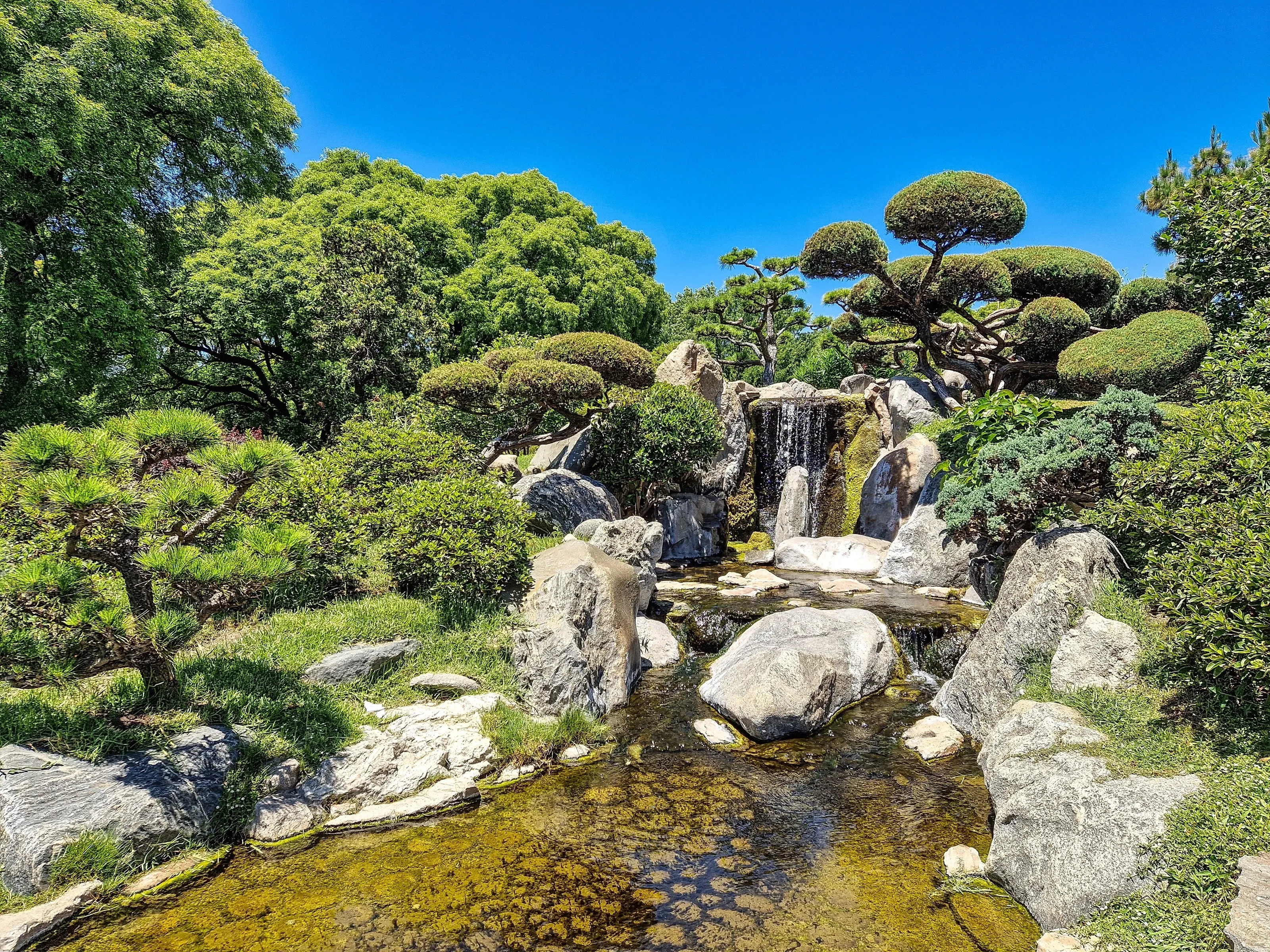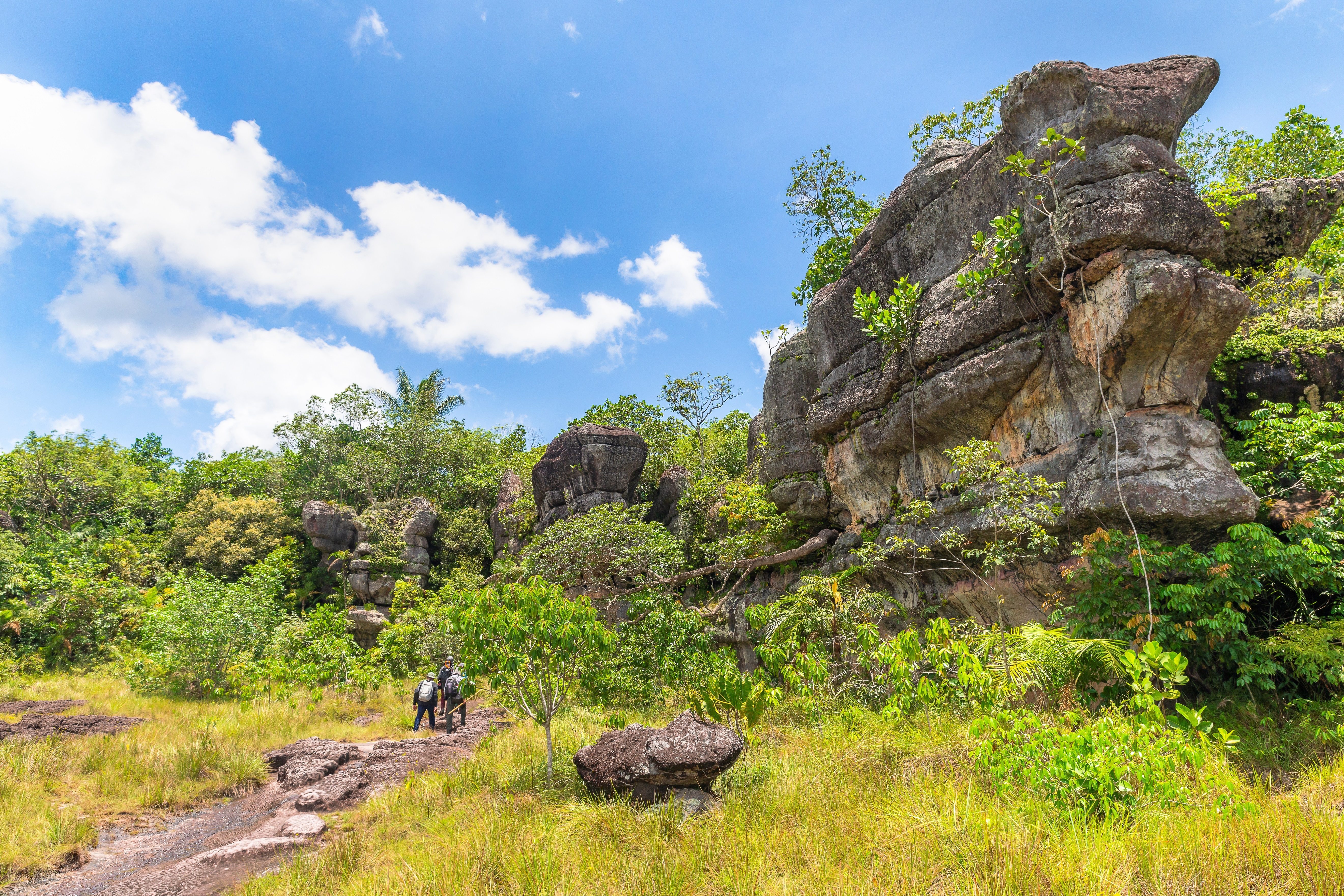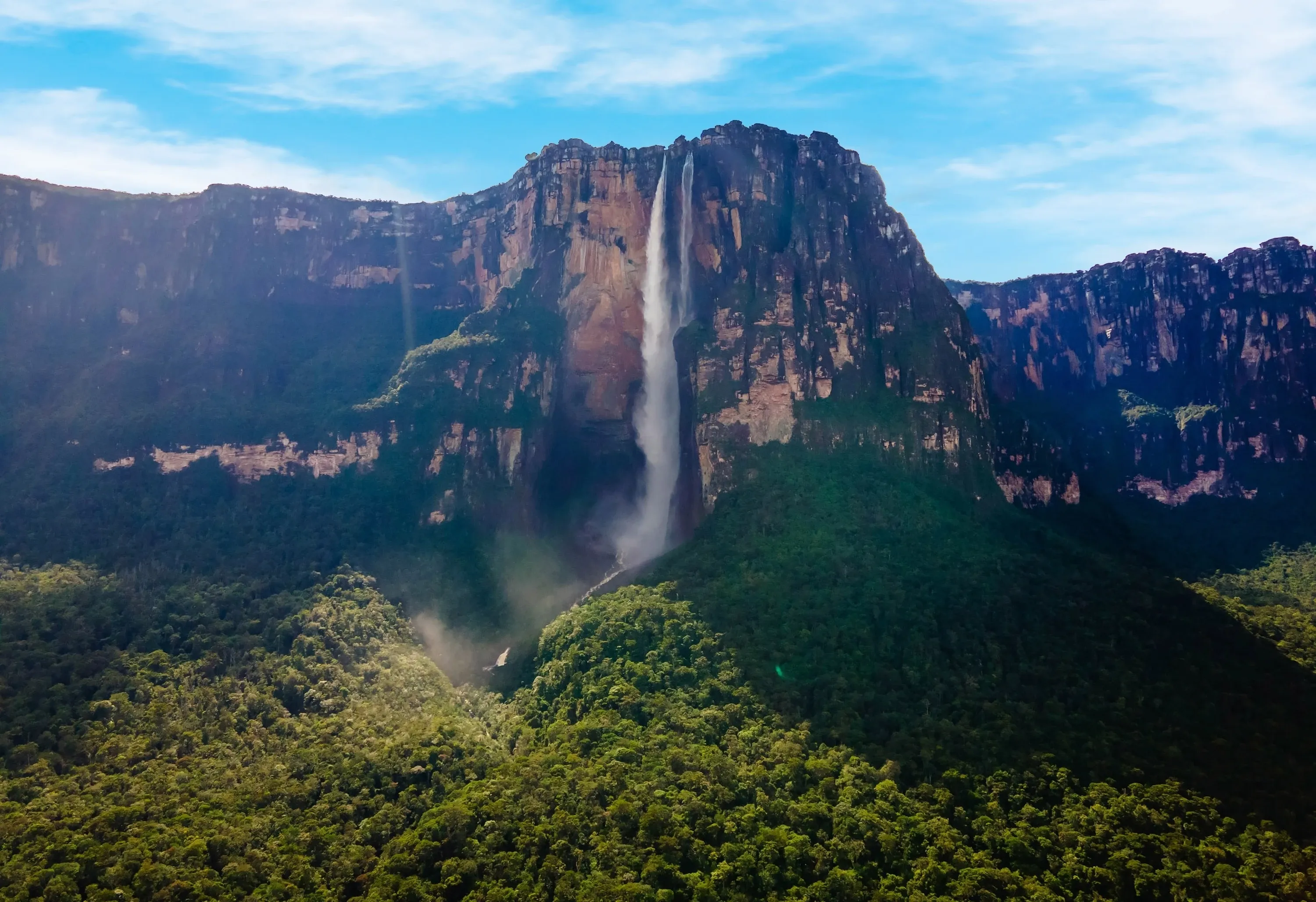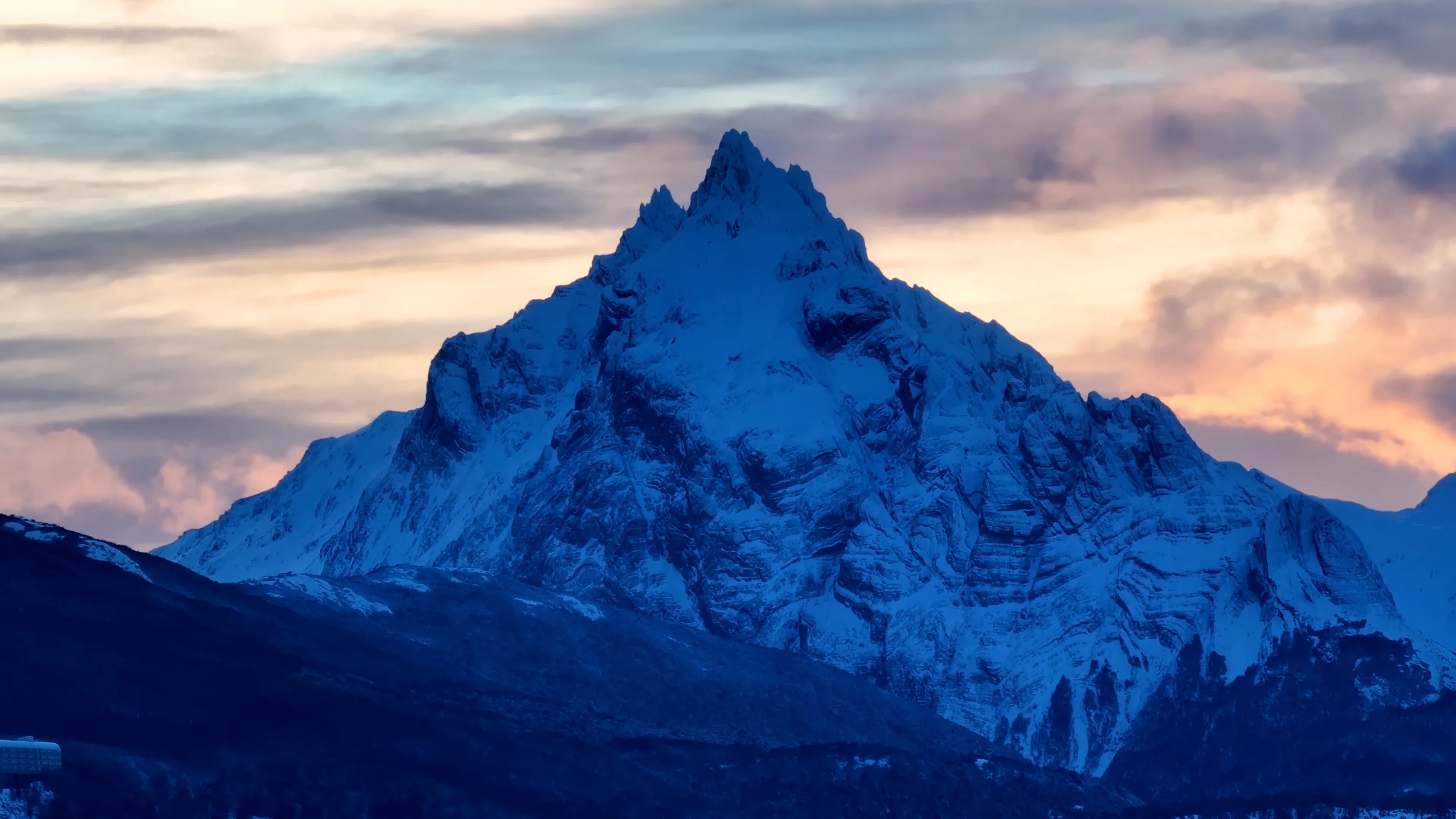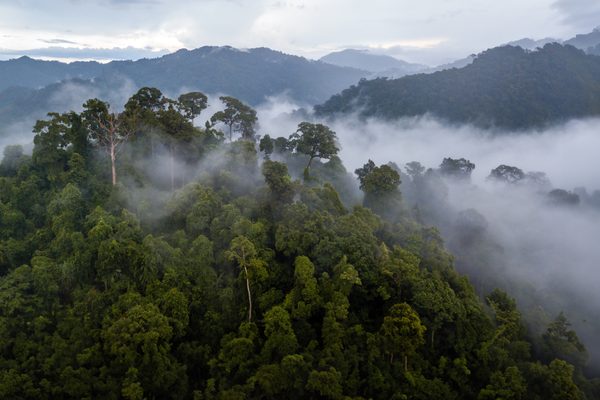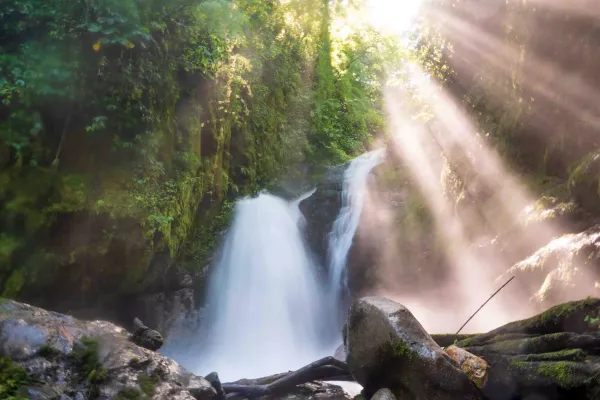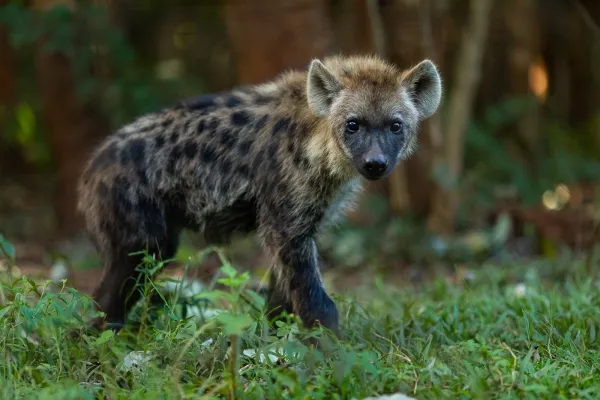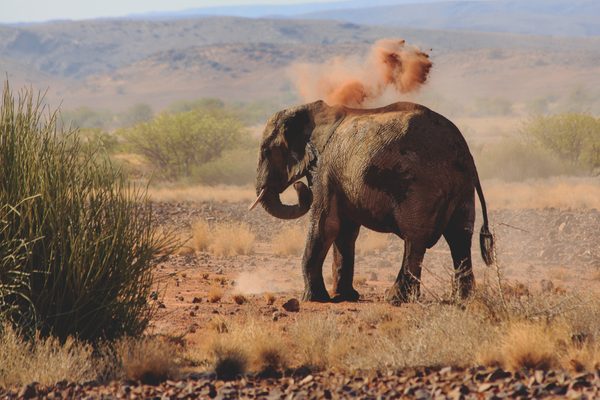Nature travel in South America
Where impressive biological diversity meets vibrant cultures: When envisioning nature travel in South America, imagine vibrant colors, rhythmic dances and music, snow-capped peaks, smoking volcanoes, expansive plains, lush rainforests, pristine white sandy beaches, and extraordinary biodiversity.
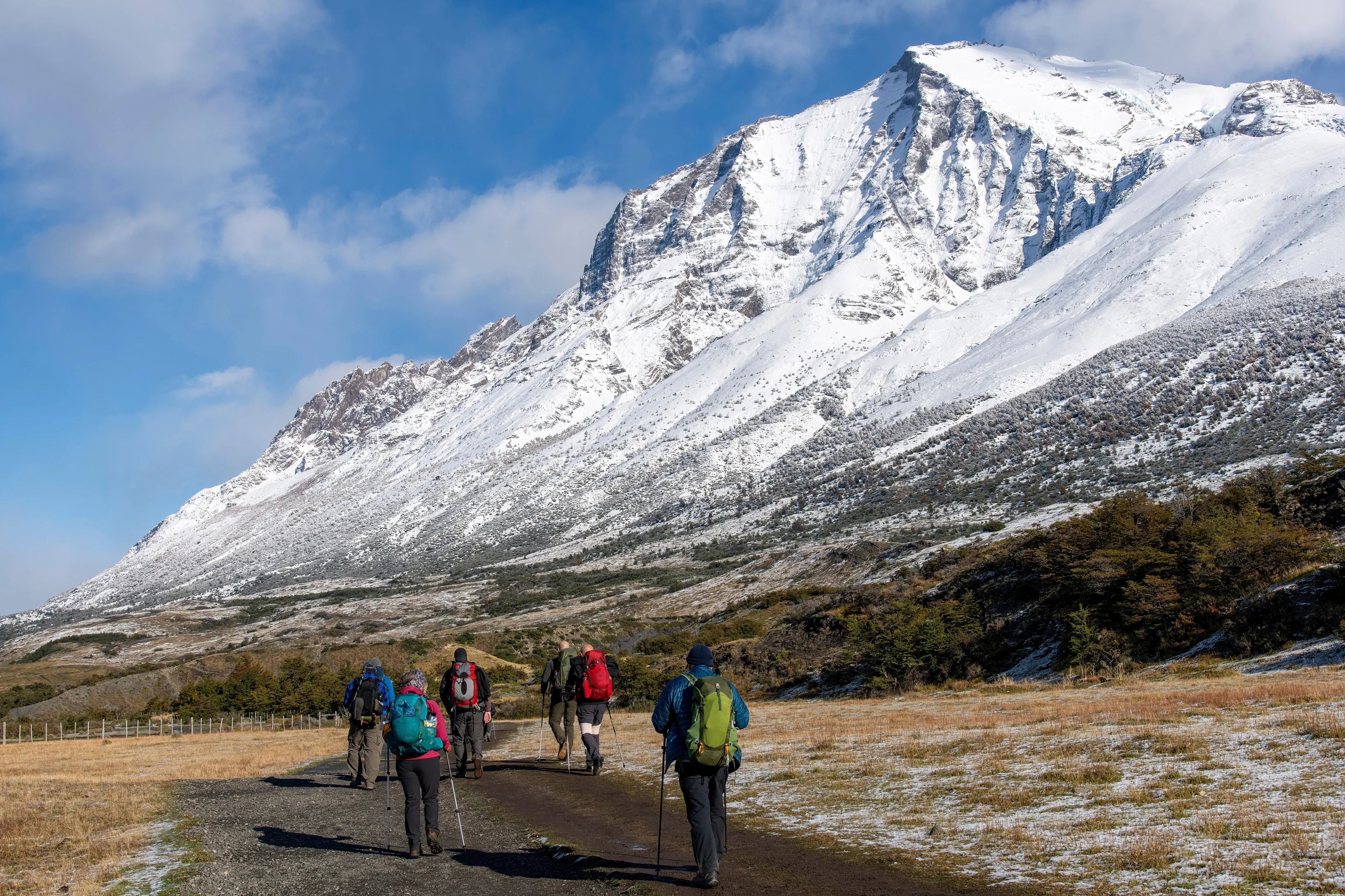
Lively streets, remnants of ancient civilizations, archaeological wonders, culinary dishes, and trendy drinks define South America as a diverse travel destination. With its varied landscapes such as the Andean mountain range, national parks like Torres del Paine, rainforests like the Amazon, unique island worlds like the Galapagos or Easter Island, and associated biodiversity hotspots, South America ranks as one of the most impressive continents for nature and adventure travel.
Nature lovers and adventure enthusiasts will find plenty to explore here, from a South America tour to wildlife safaris in the Brazilian Pantanal, trekking along the traces of the Mayans and Aztecs in Cusco, Peru, or mountain biking on the worlds most dangerous roads in Bolivia; the opportunities to experience South America's nature are countless.
Experiencing unique natural hotspots in South America
The impressive Andean mountain ranges gradually transition into the dense, expansive Amazon rainforest, spanning nine of South America's twelve countries—an abundant paradise with unparalleled plant and animal diversity. The isolated, expansive wetlands of the Pantanal teem with life, while southern Patagonia captivates with its dramatic landscapes, majestic glaciers, and serene fjords.
Picturesque coastlines stretch along the Pacific and Atlantic, with sandy beaches on Brazil's coast and the fascinating Galápagos Islands. Natural wonders like the Iguazu Falls, the Atacama Desert, and the surreal salt flats of Salar de Uyuni offer stunning landscapes for all nature lovers.
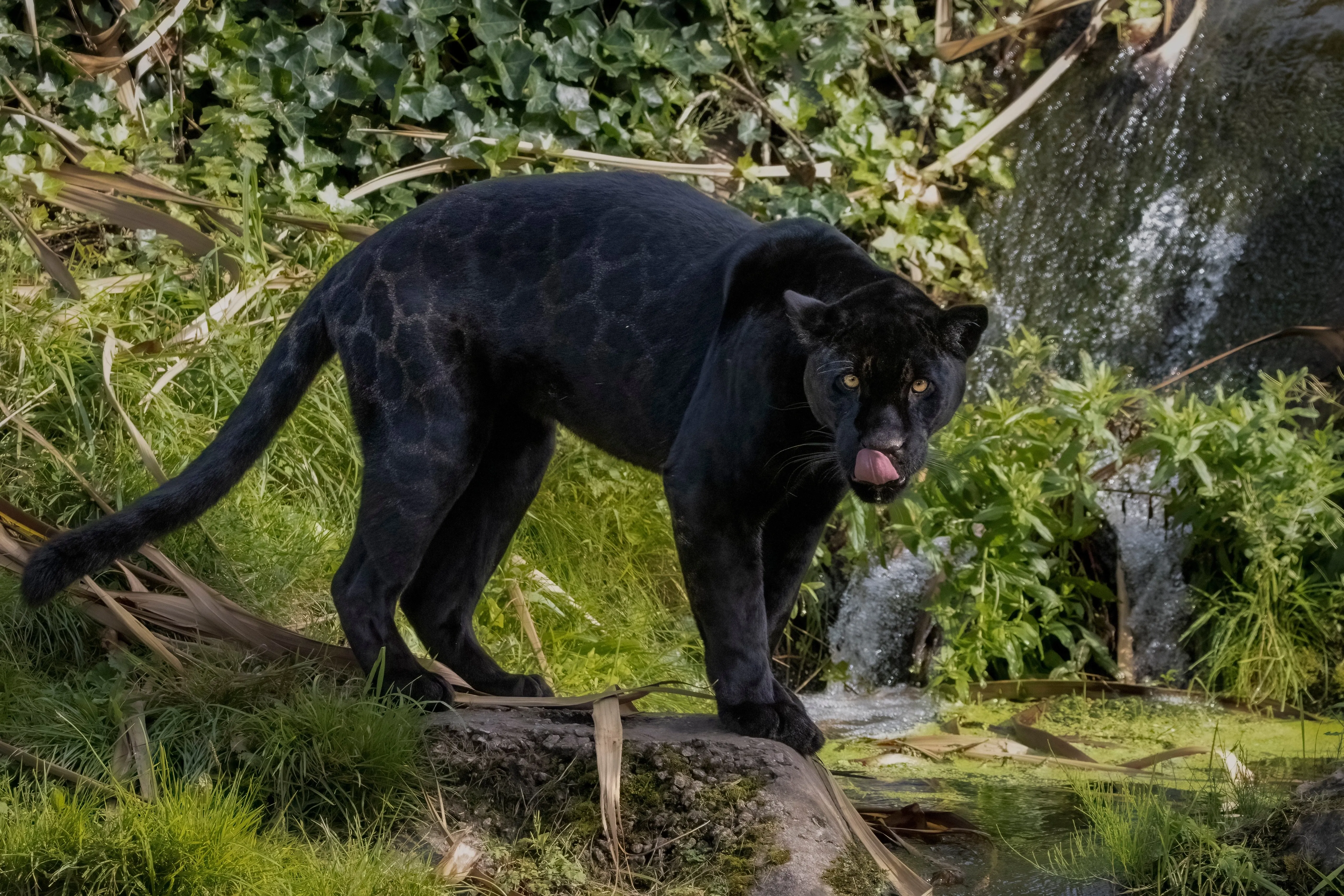
South America's diverse landscapes are home to an impressive array of wildlife. Jaguars, capybaras, sloths, caimans, giant otters, Andean condors, spectacled bears, and the unique species of the Galápagos Islands find their homes in these sometimes untouched expanses. South America is among the world's top biodiversity hotspots, with new species continuously being discovered.
For bird enthusiasts, South America offers impressive lists of species, with Colombia leading with 1,900 species. Ecuador is the perfect spot to watch over 400 Humpback whale’s that chosen that ground for their breeding season.
On nature travels of all kinds, from tours to adventure trips, every region of South America can be experienced up close in all its diversity. Whether in guided groups or on individual adventures, South America offers unparalleled opportunities to discover and enjoy its impressive biodiversity and breathtaking natural landscapes.
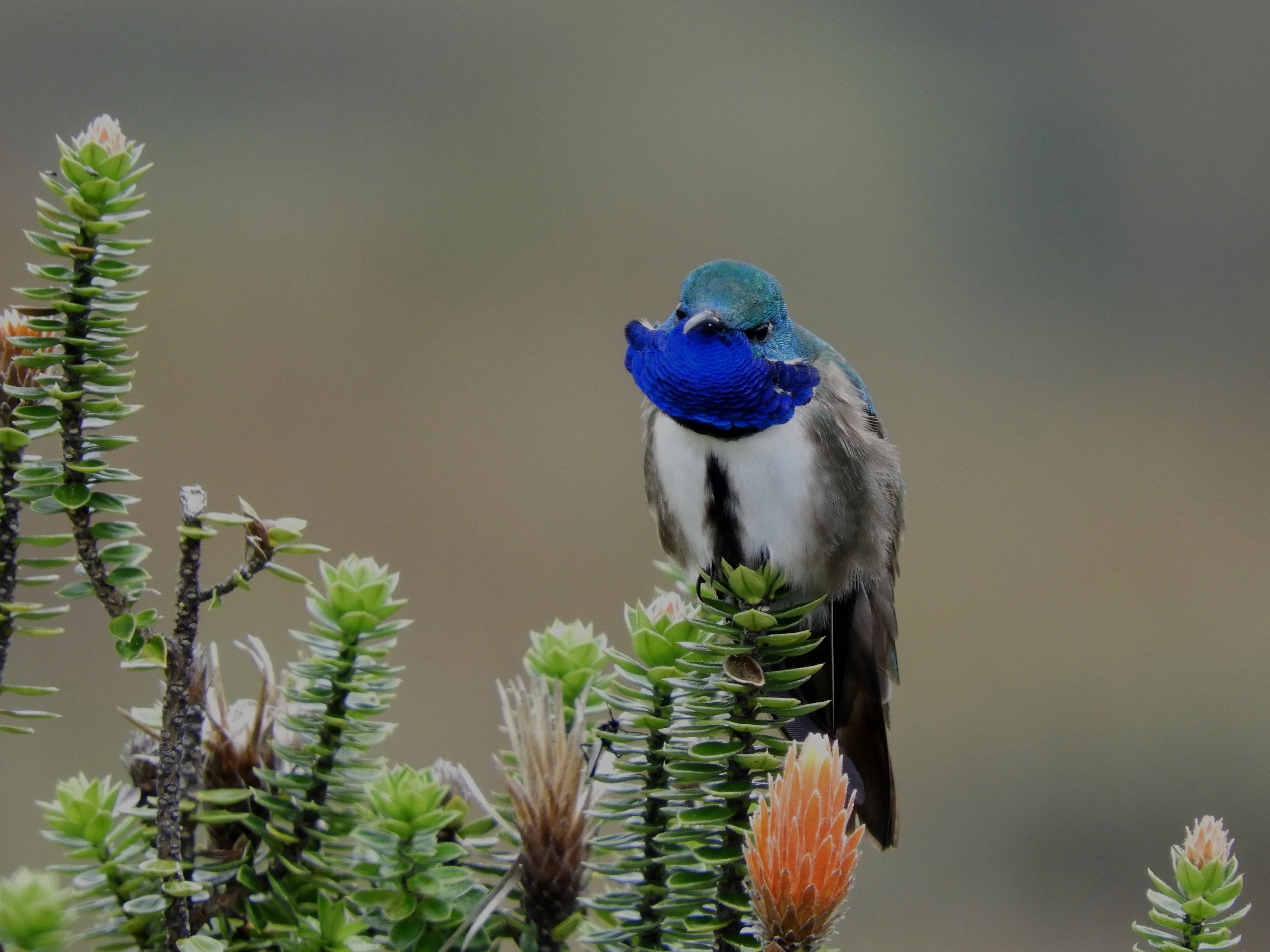
Nature tour South America - Guided tour to adventure trip
Outdoor enthusiasts and nature lovers will find plenty to enjoy here. South America also offers highlights for adventurers looking to get their adrenaline pumping. From hikes and trekking through the wild expanse of Patagonia, across the snow-capped peaks of the Andes, or through the dense jungles of Brazil or the cloud forests of Ecuador.
For those seeking more adventure and a higher pulse, there are options like a volcano hike on Cotopaxi or booking a Class IV whitewater rafting tour on the Futaleufú River in Northern Patagonia. Additionally, Brazil's coastal beaches offer excellent surf spots, mountains across the continent invite for hang-gliding experiences, sand dunes are perfect for sandboarding, and from June to September, skiing down the Andes is an additional option.
Nature and adventure trips can be booked as group tours or private tours to experience the diversity of species and landscapes of South America up close.
»South America is a place of great natural beauty and cultural diversity; traveling there opens your eyes to a world that is both wild and wondrous.«
Experience South America - Frequently Asked Questions
Where can I go on a nature trip in South America?
Nature trips in South America are offered in nearly every part of the continent. South America consists of 12 countries and small territories such as the Falkland Islands, South Georgia and the South Sandwich Islands, and French Guiana. Tours can be planned across borders or tailored to individual regions.
The countries include Argentina, Bolivia, Brazil, Chile, Ecuador, Guyana, Colombia, Peru, Paraguay, Suriname, Uruguay, and Venezuela. These countries offer a wealth of breathtaking natural wonders and are perfect destinations for nature lovers and adventure seekers.
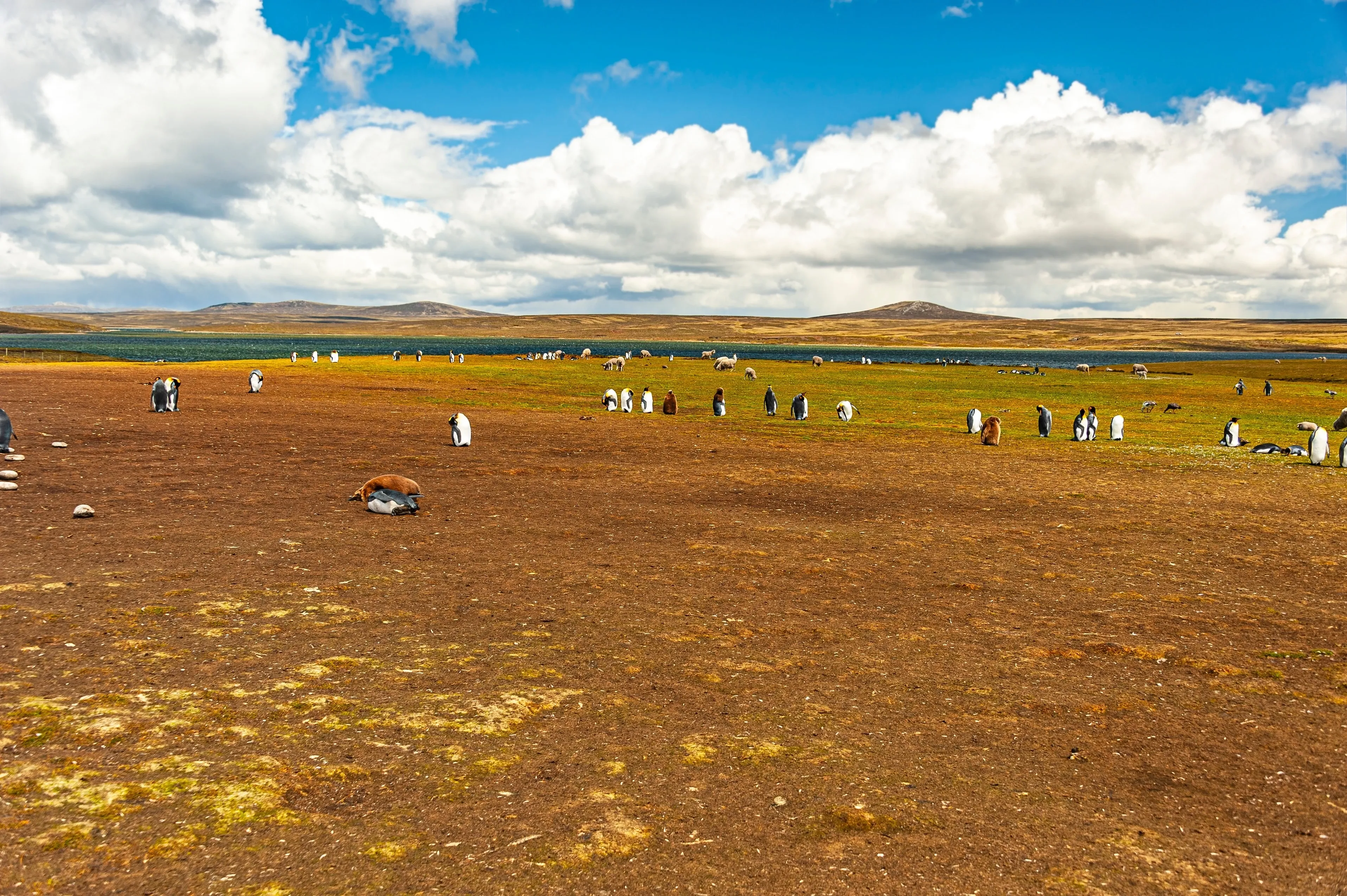
The following highlights should not be missed on your South America nature trip:
#1 National Parks for wildlife sightings
- The Pantanal region in Brazil for jaguars, caimans, otters, and tapirs.
- Manu National Park in Peru for howler monkeys, sloths, and anteaters.
- Isabela Island in the Galapagos Islands, Ecuador for seals, turtles and tortoises.
- Torres del Paine in Chile for pumas, llamas, and vicuñas.
- Central Suriname Nature Reserve for armadillos, river dolphins, howler monkeys.
#2 Cultural sites
- Machu Picchu in Peru.
- Ciudad Perdida, the Lost City in Colombia.
- Nazca Lines in Peru.
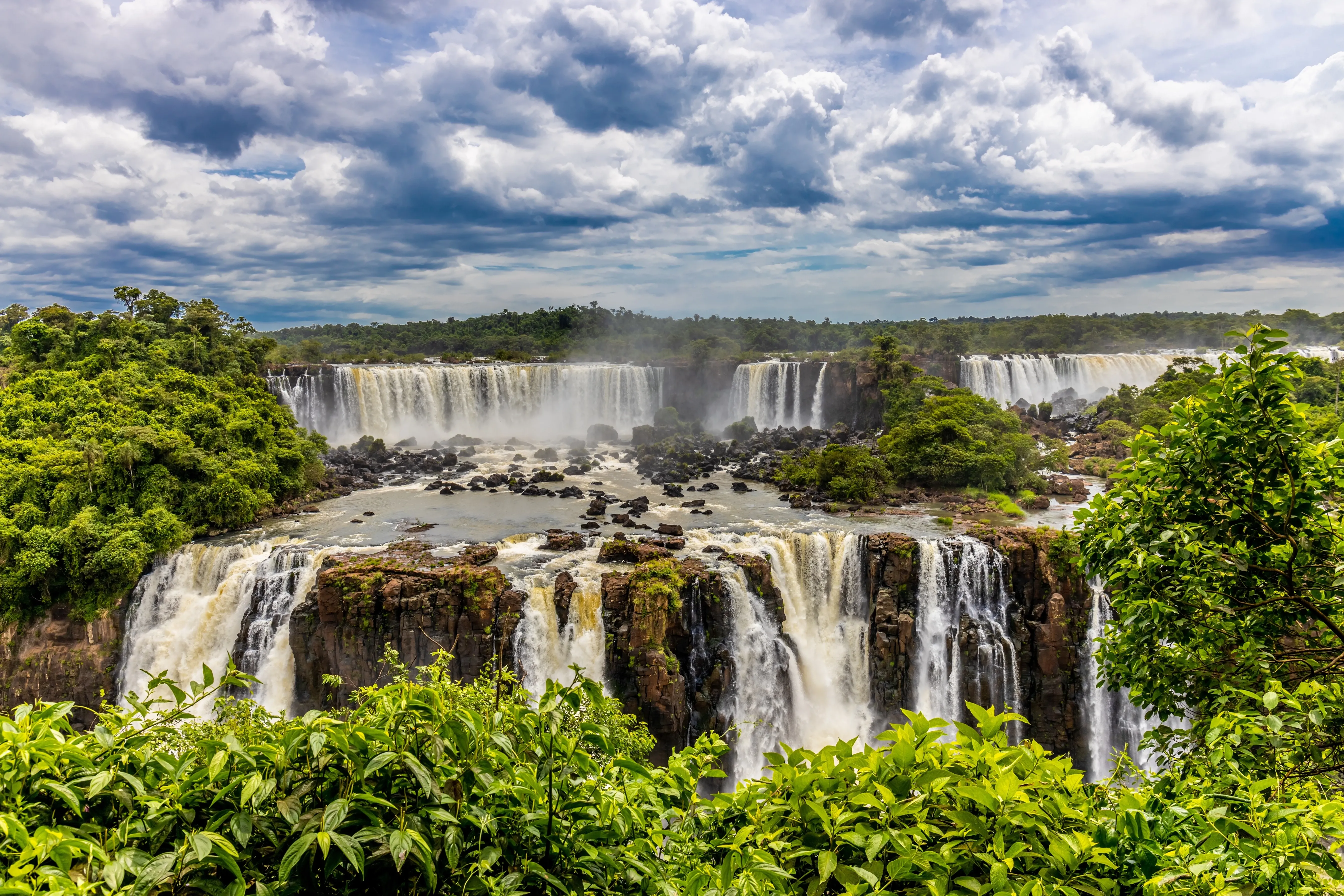
#3 Natural wonders
- Iguazu Falls in Argentina, adjacent to Brazil.
- The Amazon rainforest in Brazil.
- Kaieteur Falls in Guyana.
- Salar de Uyuni salt flats in Bolivia.
- The Eje Cafetero region in Colombia, famous for its coffee plantations.
- The Atacama Desert in Chile
Although Venezuela has some impressive natural wonders like the Orinoco Delta, travel to Venezuela is discouraged due to security concerns and the ongoing state of emergency. For more information, consult your country's foreign office.
How long can I go on a nature trip in South America?
Nature trips in South America can range from several weeks to several months. Longer stays not only provide a more intense travel experience but are also more environmentally friendly. They allow travelers to move sustainably on-site and delve deeper into the unique nature and culture of the regions.
To explore the continent's diversity and various countries or regions, it's worth planning a nature trip for a longer period, starting from 4 weeks. However, even 2-week travel tours offer a spectacular array of experiences and unforgettable impressions.
Travelers should check entry requirements for the different countries beforehand. For many nations, it's possible to enter for 90 days without a visa and to request an extension on-site. Travel providers and foreign offices provide more information on individual destinations.
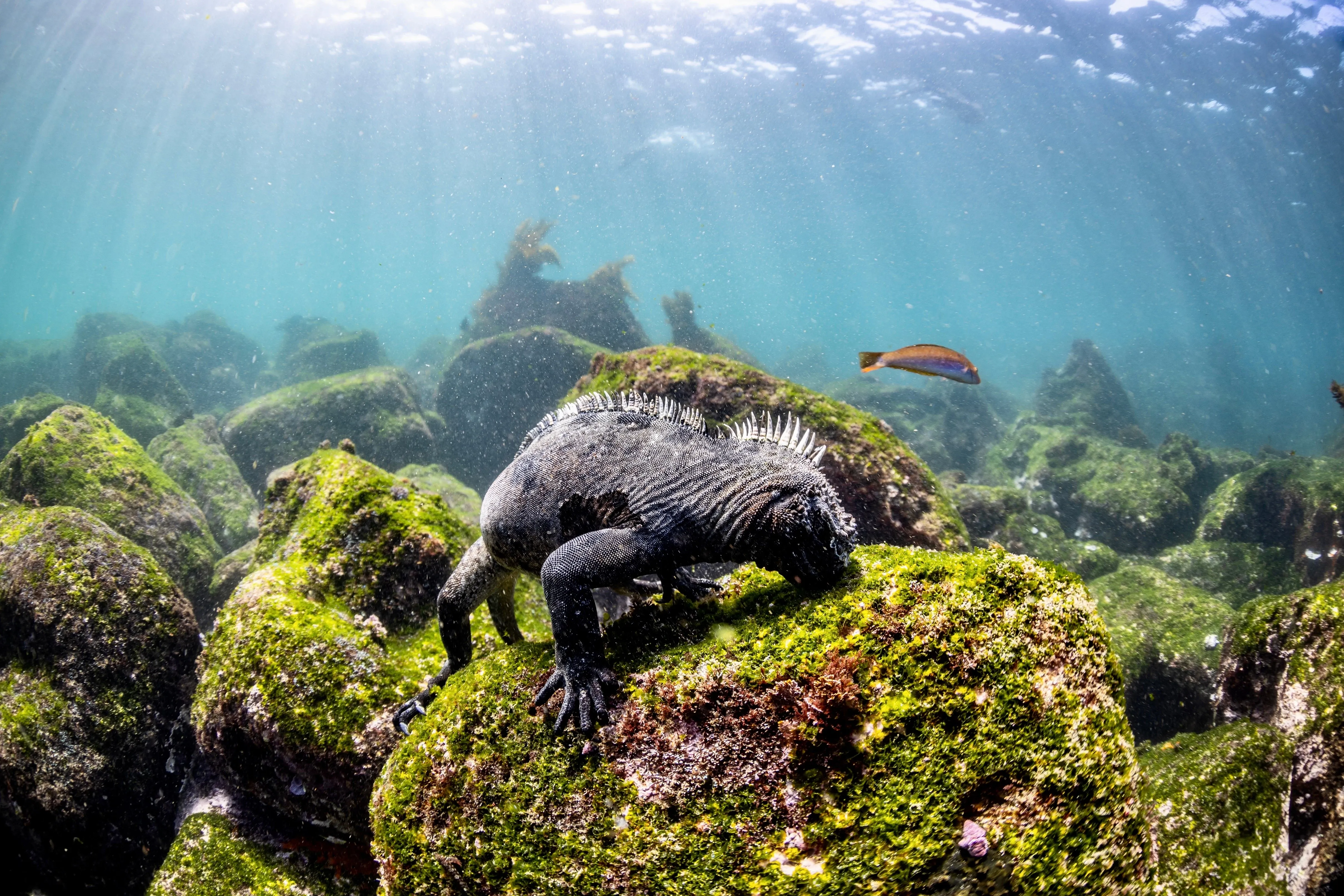
When should I travel to South America?
South America offers diverse climates and experiences, ranging from tropical rainforests to Andean peaks, and from bustling cities to serene beaches. Here is a small guideline that can assist you in the planning of your nature adventure:
#1 Andes and Southern Cone (Chile, Argentina, Bolivia, Peru)
- Best Time: The dry season from May to October is ideal for visiting the Andean regions, including popular destinations like Machu Picchu in Peru and Patagonia in Argentina and Chile. During this time, the weather is cooler and more stable, making it perfect for trekking and outdoor activities.
#2 Amazon Rainforest (Brazil, Peru, Colombia, Ecuador)
- Best Time: The dry season, from June to October, is considered the best time to visit the Amazon, as the lower water levels make wildlife spotting easier and allow for more accessible trekking. However, the wet season (December to May) offers lush landscapes and unique water-based experiences.
#3 Brazil
- Best Time: For Rio de Janeiro and southern Brazil, the summer months (December to March) are warm and lively, with famous events like Carnival. However, for those looking to avoid the crowds, visiting during the shoulder seasons of spring (September to November) and autumn (April to June) can be more comfortable.
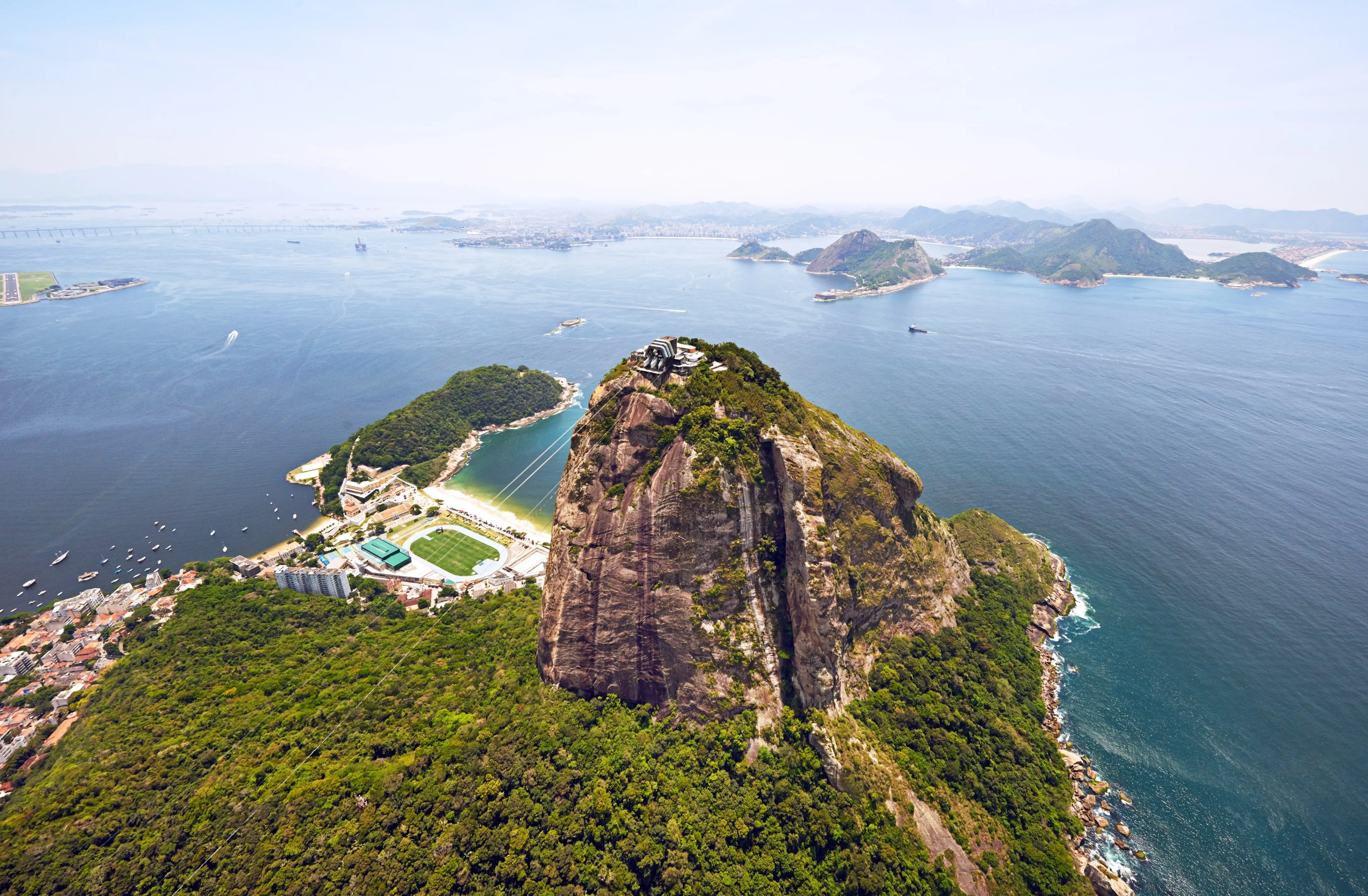
#4 Colombia
- Best Time: The dry seasons from December to March and July to August are ideal for exploring Colombia's diverse landscapes, including beaches, coffee regions, and cities like Bogotá and Medellín.
#5 Galápagos Islands (Ecuador)
- Best Time: The islands are great to visit year-round, but the warm season (December to May) has calmer seas and warmer temperatures, making it ideal for snorkeling and diving. The cooler, drier season (June to November) is better for bird watching and observing marine life.
Overall considerations
- Budget and crowds: Traveling during the shoulder seasons (just before or after peak tourist seasons) can offer better prices and fewer crowds while still providing favorable weather.
- Festivals and events: South America hosts numerous festivals throughout the year, such as Carnival in Brazil, Inti Raymi in Peru, and the Mendoza Wine Festival in Argentina. Timing your visit to coincide with these events can enhance your experience
Best time of the year to travel to South America depends highly on your specific interest, preferred climate and desired experience - keep that in mind when planning your nature travels to those magnificent destinations in South America.
What kind of species can I encounter in South America?
Embarking on a nature trip through South America promises a thrilling encounter with an astonishing array of species, each adapted to the continent's diverse landscapes and climates. In the Amazon rainforest, you might find yourself marveling at the elusive jaguar as it stealthily moves through the dense foliage, or catching a glimpse of the striking harpy eagle, one of the largest and most powerful birds of prey, as it soars through the canopy. Otherwise you can also be excited for watching spider monkeys.
The vibrant poison dart frogs, with their dazzling colors, add a splash of brilliance to the undergrowth, while the playful pink river dolphins of the Amazon River enchant with their curious and agile behavior. High above, the scarlet macaws flash their vivid plumage against the green backdrop of the rainforest.
As you journey into the Andean mountains, the environment shifts dramatically. Here, the majestic Andean condor, one of the world’s largest flying birds, might be seen gliding effortlessly on thermal updrafts above the rugged peaks. The graceful vicuñas, relatives of alpacas, graze on the sparse high-altitude grasses, their fine wool coveted for its quality. Among the rocky outcrops and mist-shrouded slopes, the spectacled bear, or Andean bear, can be spotted, its distinctive facial markings providing a glimpse of its solitary presence.
Traveling south to Patagonia, the landscape transforms into a dramatic panorama of windswept steppes and glacier-fed lakes. In this stark yet beautiful environment, guanacos roam freely, their slender forms well-suited to the open terrain. Along the southern coasts, you might witness the charming Magellanic penguins, with their distinctive black and white markings, engaging in their playful antics. In the surrounding waters, the massive southern right whales make an appearance, especially during their breeding season, offering a majestic display of their grandeur.
In the Pantanal, the world’s largest tropical wetland, the scene shifts to lush, water-rich habitats. Here, the giant river otters, known for their playful and social behavior, can be seen darting through the waterways, while the capybaras, the world’s largest rodents, graze contentedly in groups. The giant anteater, with its long snout and impressive claws, searches for ants and termites in the rich, humid soil.
Each region of South America provides a unique window into a world of extraordinary biodiversity, making it a paradise for those eager to explore and witness nature’s marvels firsthand.
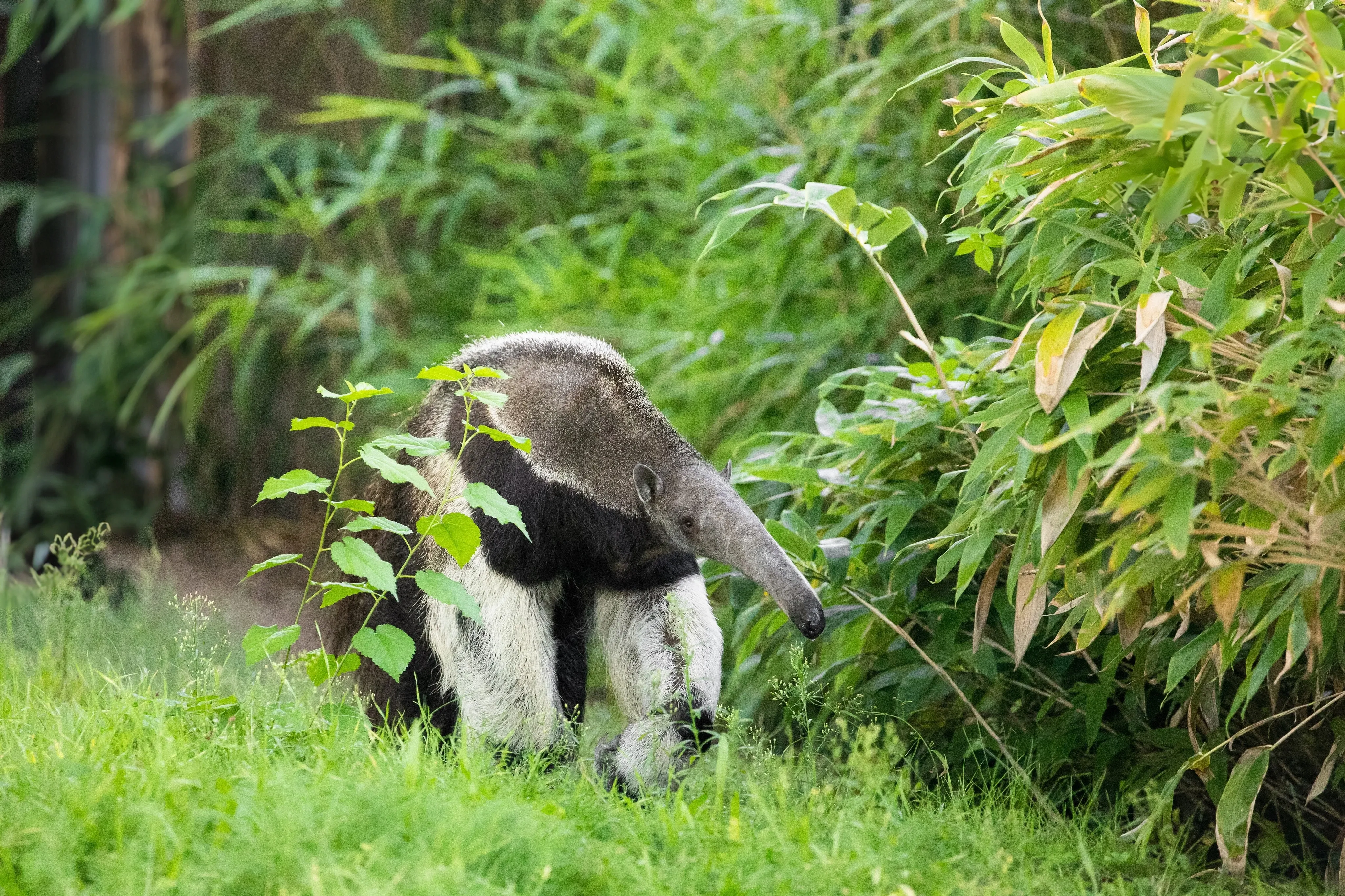
What is so special about nature travel in South America?
South America is the embodiment of biodiversity, natural wonders, and cultural treasures. Nature trips through South America take travelers and nature enthusiasts past majestic Inca cities like Machu Picchu in Peru, which sits high in the Andes. Journeys through the lush Andean highlands or hikes along the legendary Inca Trail make any adventurer's heart race, while the breathtaking views and experiences that leave one speechless are a balm for the soul.
No less impressive are wildlife observation tours through the green lungs of the Earth, such as the Amazon rainforest or the Mata Atlântica. A nature trip through these rainforests feels like a journey to the very heart of nature, where one can sense the heartbeat of life in its most primal form. Encounters with indigenous peoples, who have lived in harmony with this ecosystem for centuries, offer deep insights into a life in tune with nature.
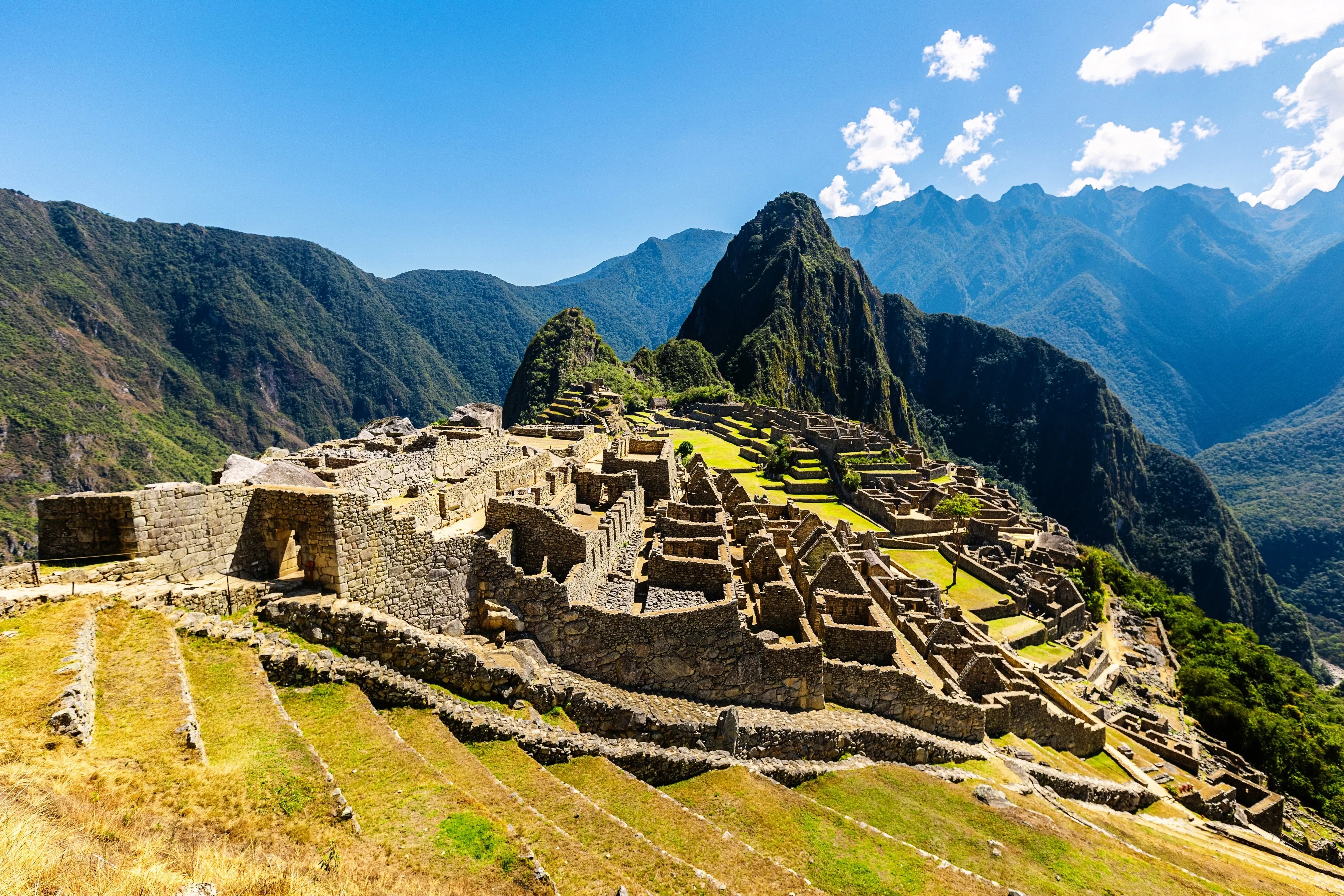
Further natural spectacles include the spectacular waterfalls like Iguazú and Angel Falls. With their thundering roar, the cascading waters captivate visitors. The enchanting beauty of South American nature and its raw power evoke both awe and wonder.
In addition, vibrant and colorful cities like Rio de Janeiro or Buenos Aires are also considered top travel destinations in South America. Ushuaia, at the end of the world or gateway to Antarctica, should not be missed on a nature tour of South America, nor should a flight to Easter Island.
A nature journey through South America combines fascinating natural wonders with impressive biodiversity hotspots and historical stories. It offers a colorful adventure to the center of the Earth and creates lifelong memories.
Three reasons on why one should book a nature trip in South America
South America beckons with its unparalleled attractions, offering countless reasons to visit. Here are three compelling ones:
- Diverse natural landscapes: From the lush Amazon rainforest to the majestic Andes mountains and the stunning Patagonian steppes, South America boasts a remarkable variety of natural landscapes. Each region provides unique opportunities for adventure, whether it's hiking through cloud forests, exploring expansive deserts, or cruising along glacier-fed lakes.
- Rich cultural heritage: South America is a tapestry of vibrant cultures and histories, reflected in its indigenous traditions, colonial architecture, and lively festivals. Cities like Cusco, Buenos Aires, and Rio de Janeiro offer a rich blend of historical sites, colorful markets, and dynamic art scenes, providing deep cultural immersion.
- Incredible wildlife: The continent is home to some of the world’s most fascinating and diverse wildlife. From the elusive jaguar and playful pink river dolphins in the Amazon to the majestic Andean condor and unique Magellanic penguins in Patagonia, South America’s biodiversity offers unforgettable wildlife encounters.
Sign up for the newsletter
By clicking on “Subscribe now” I will subscribe to the Conscious Explorer newsletter with all the information about mindful travel. Information on the success measurement included in the consent, the use of the shipping service provider MailChimp, logging of the registration and your rights of revocation can be found in our privacy policy.
